Another interesting mission to Portugal. Enjoy some pictures we took below!
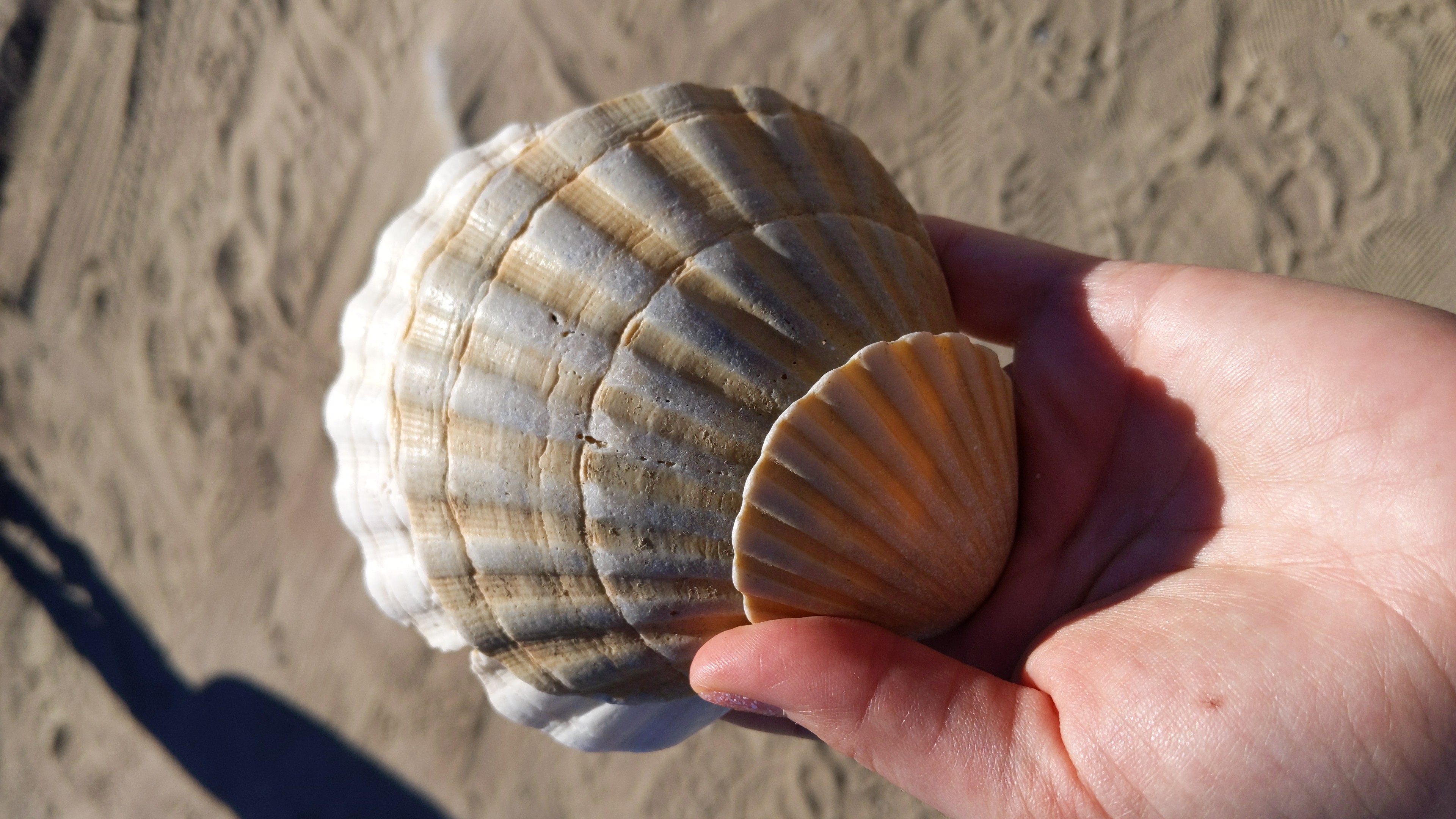
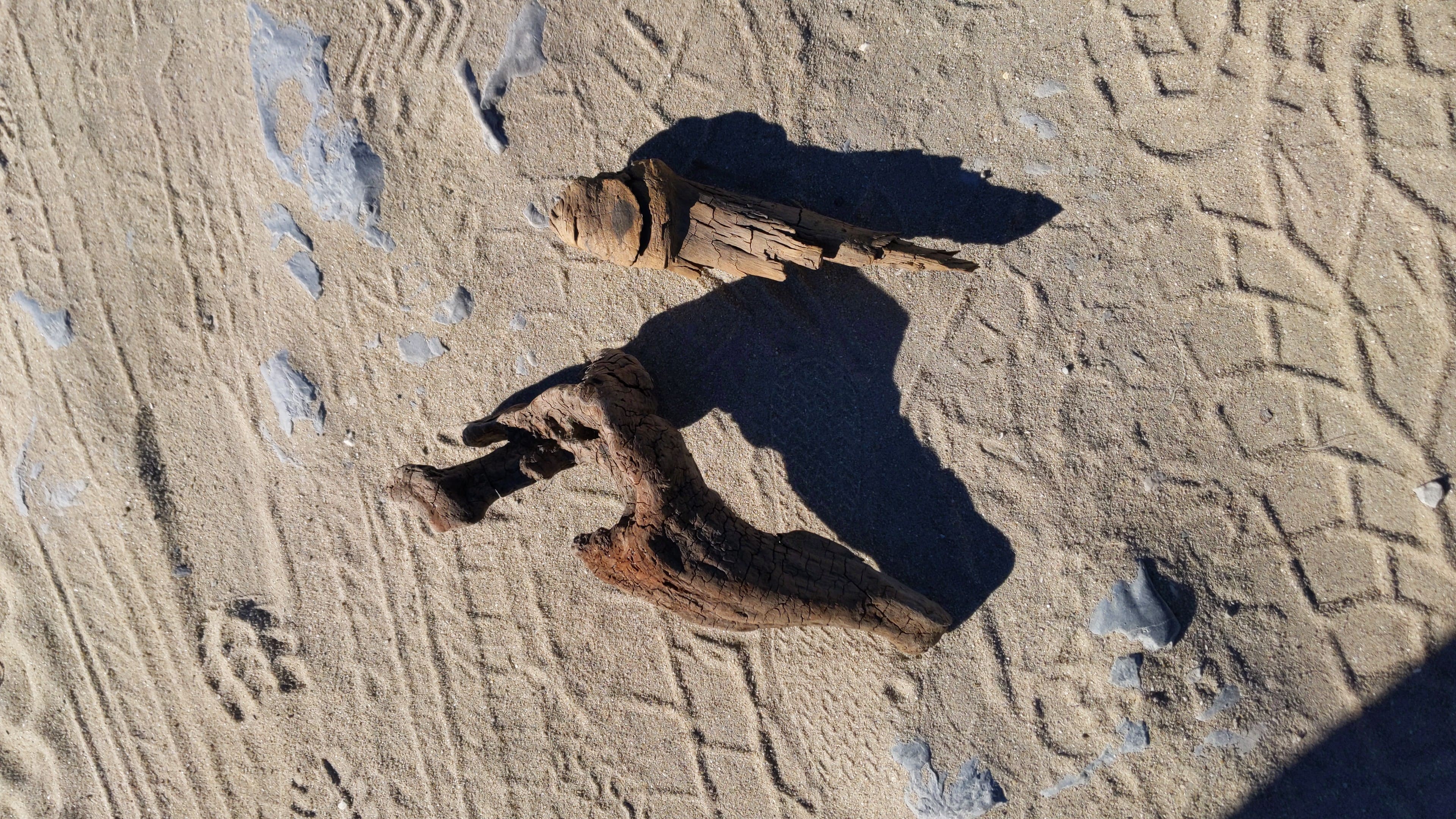
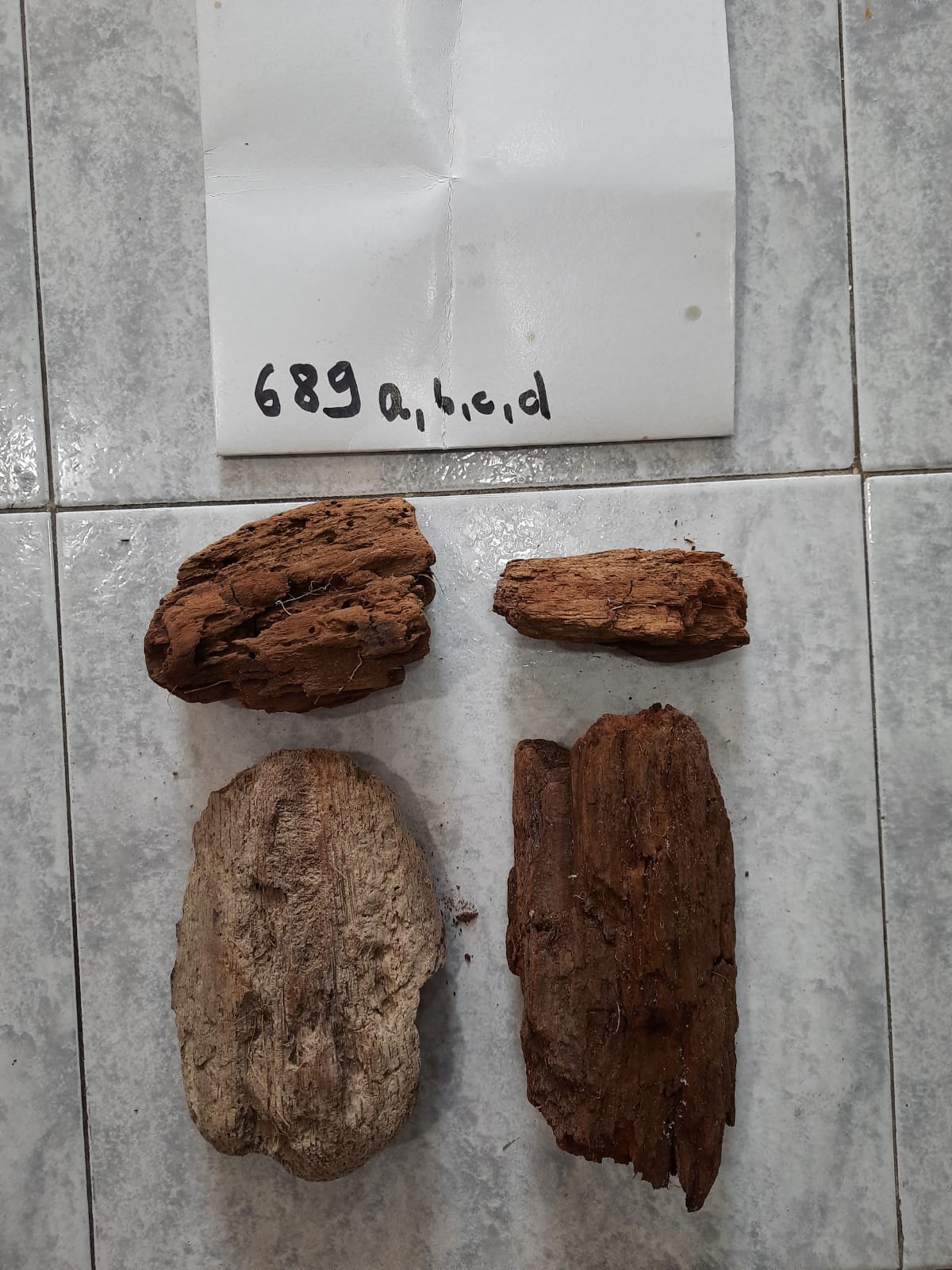
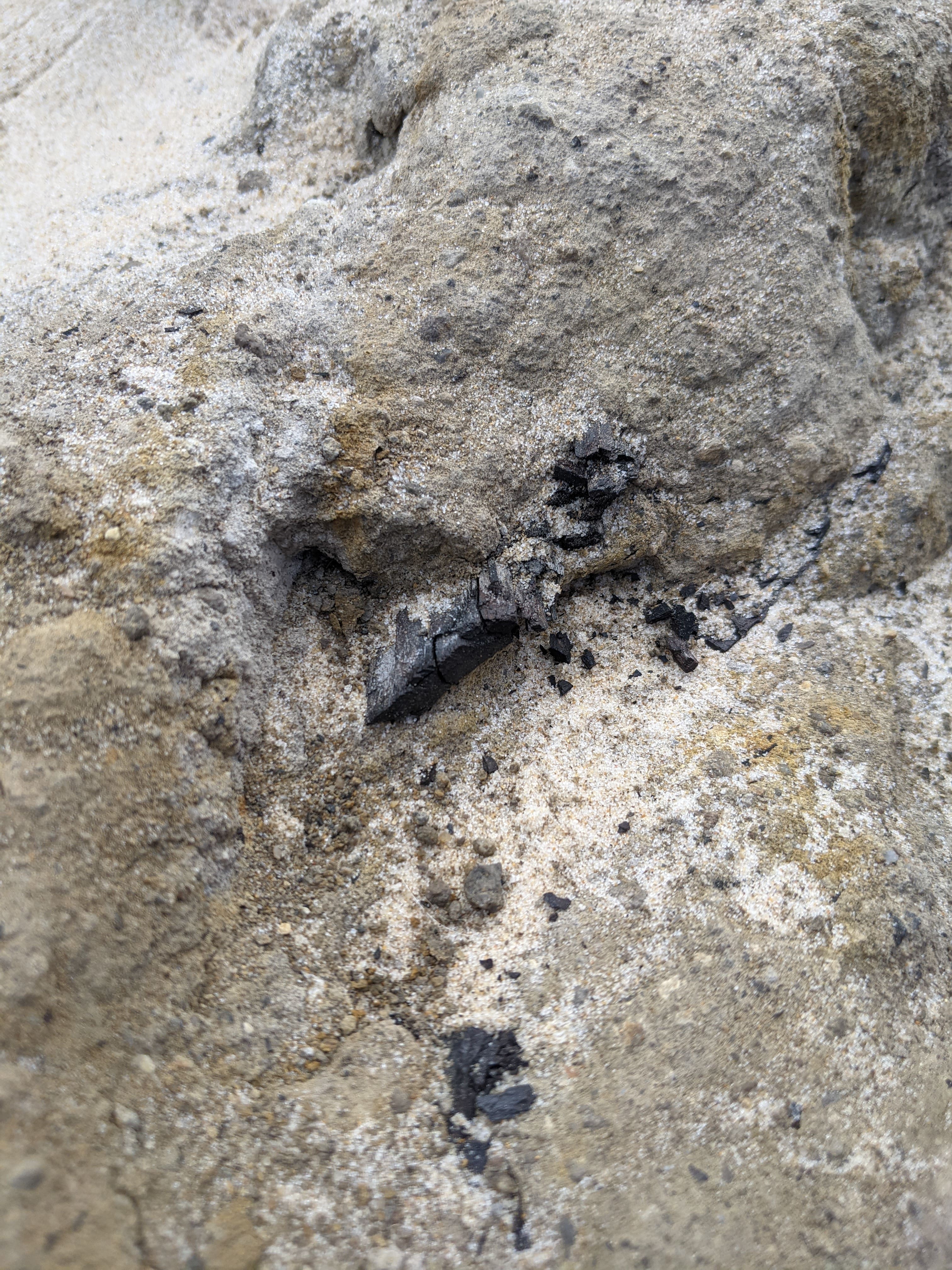
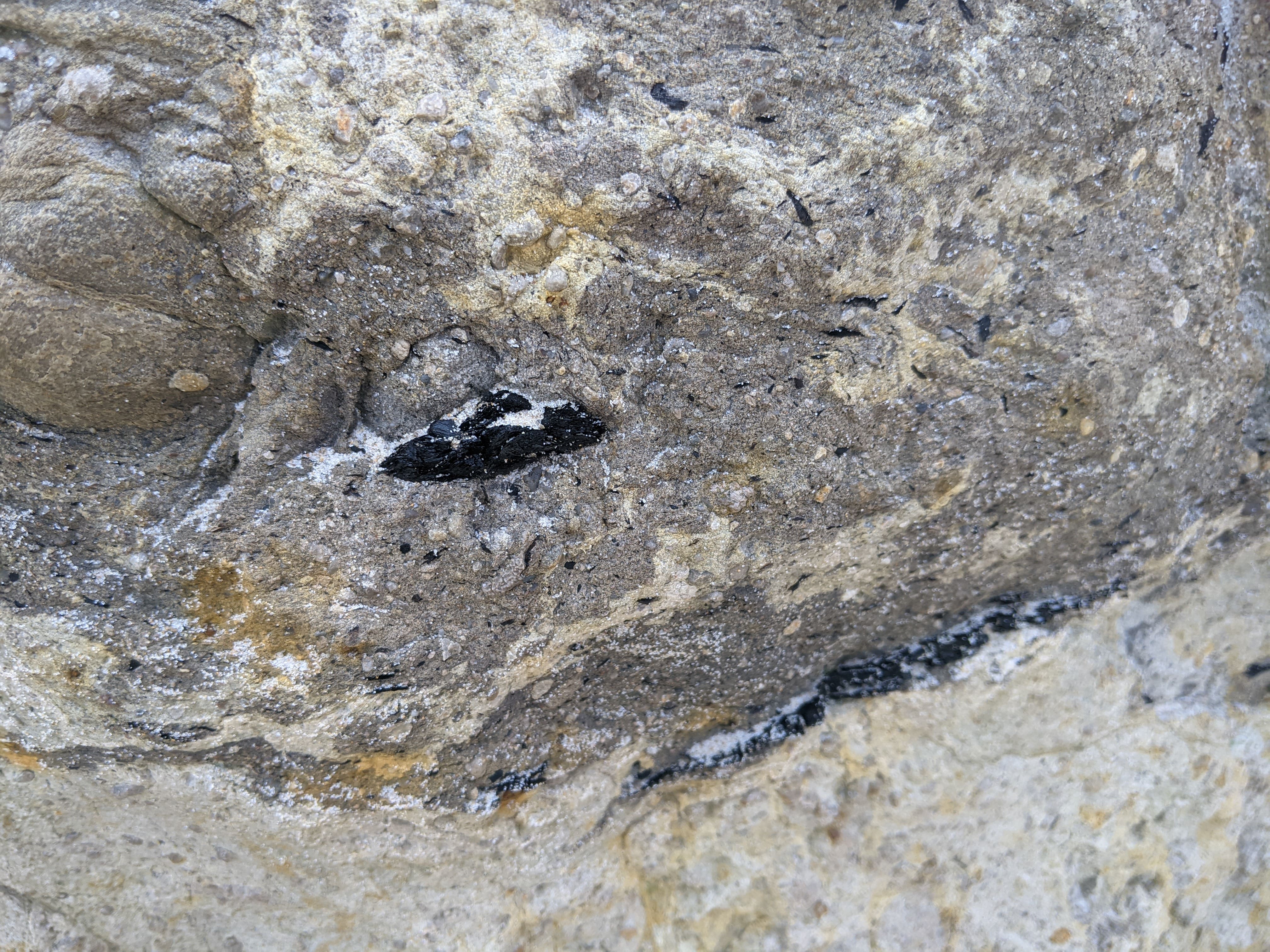
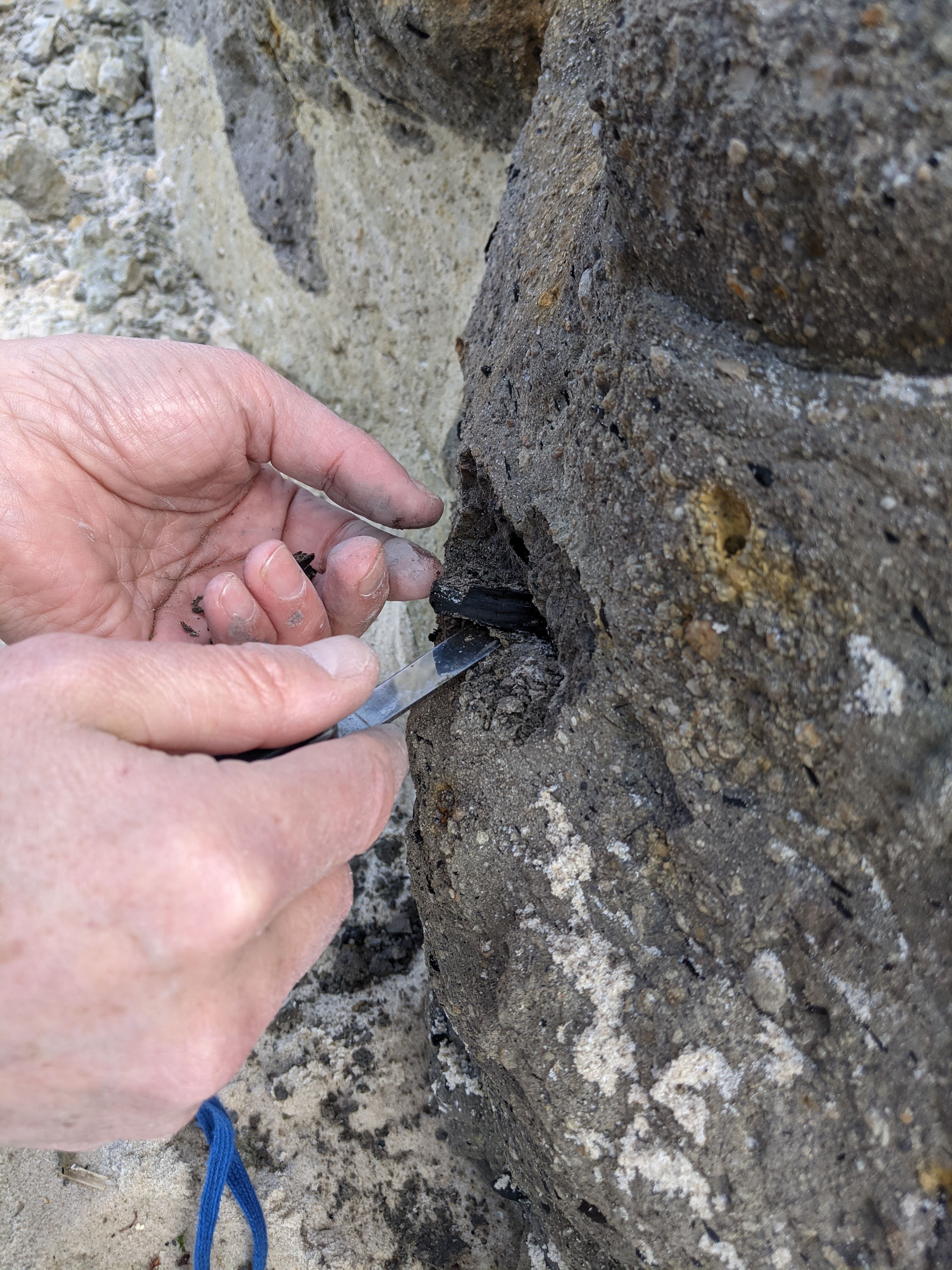
Sampling_1
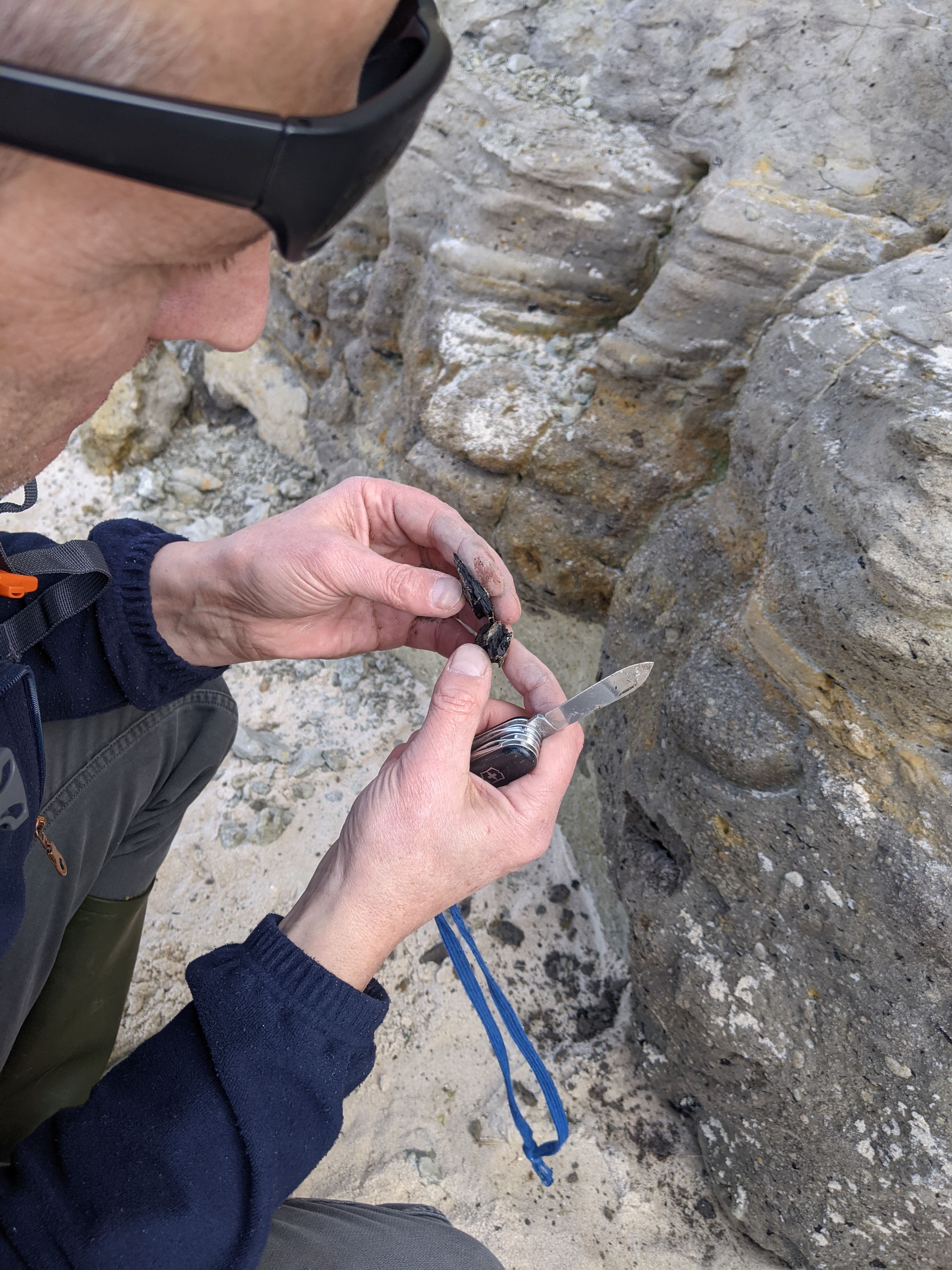
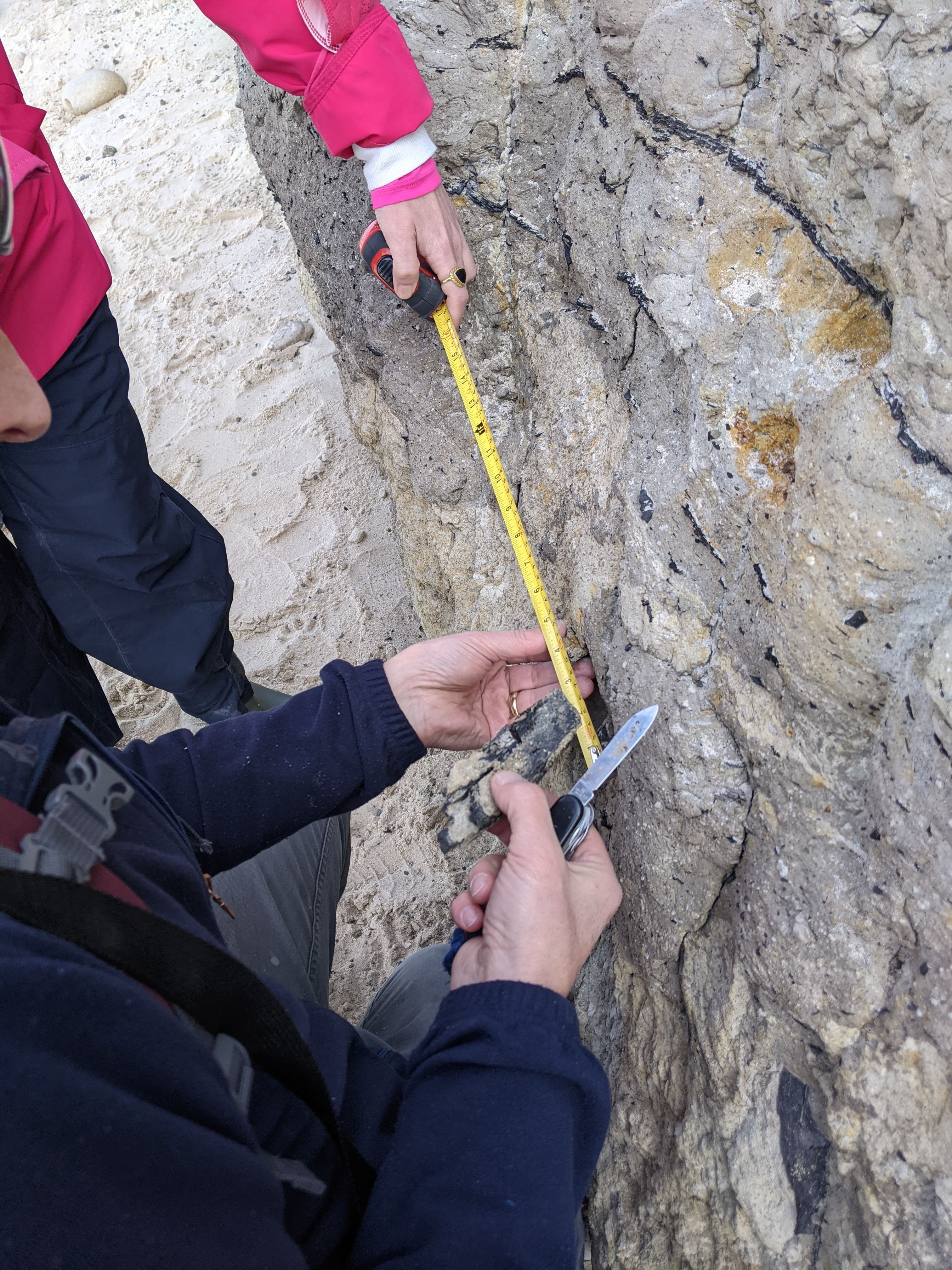
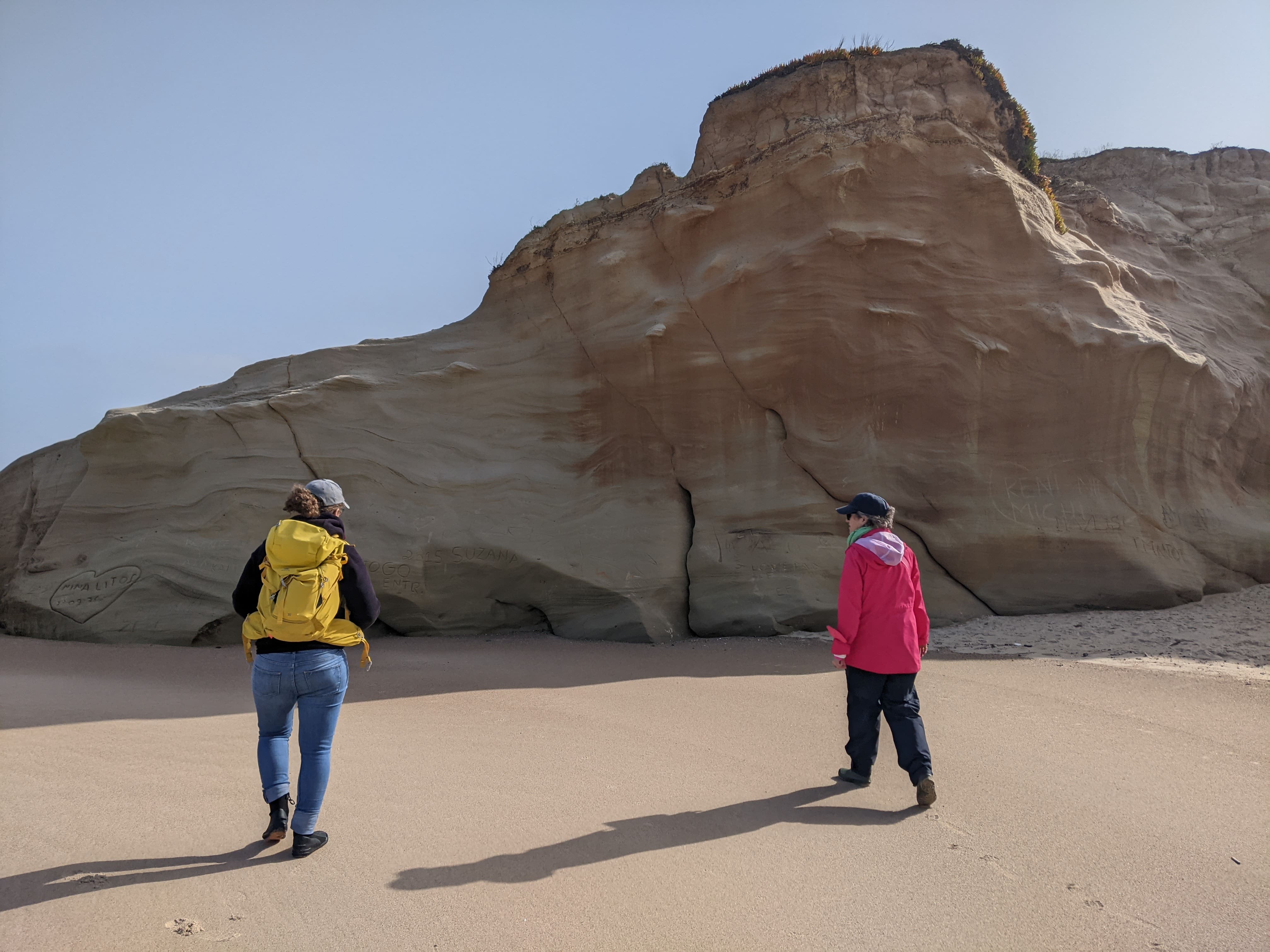
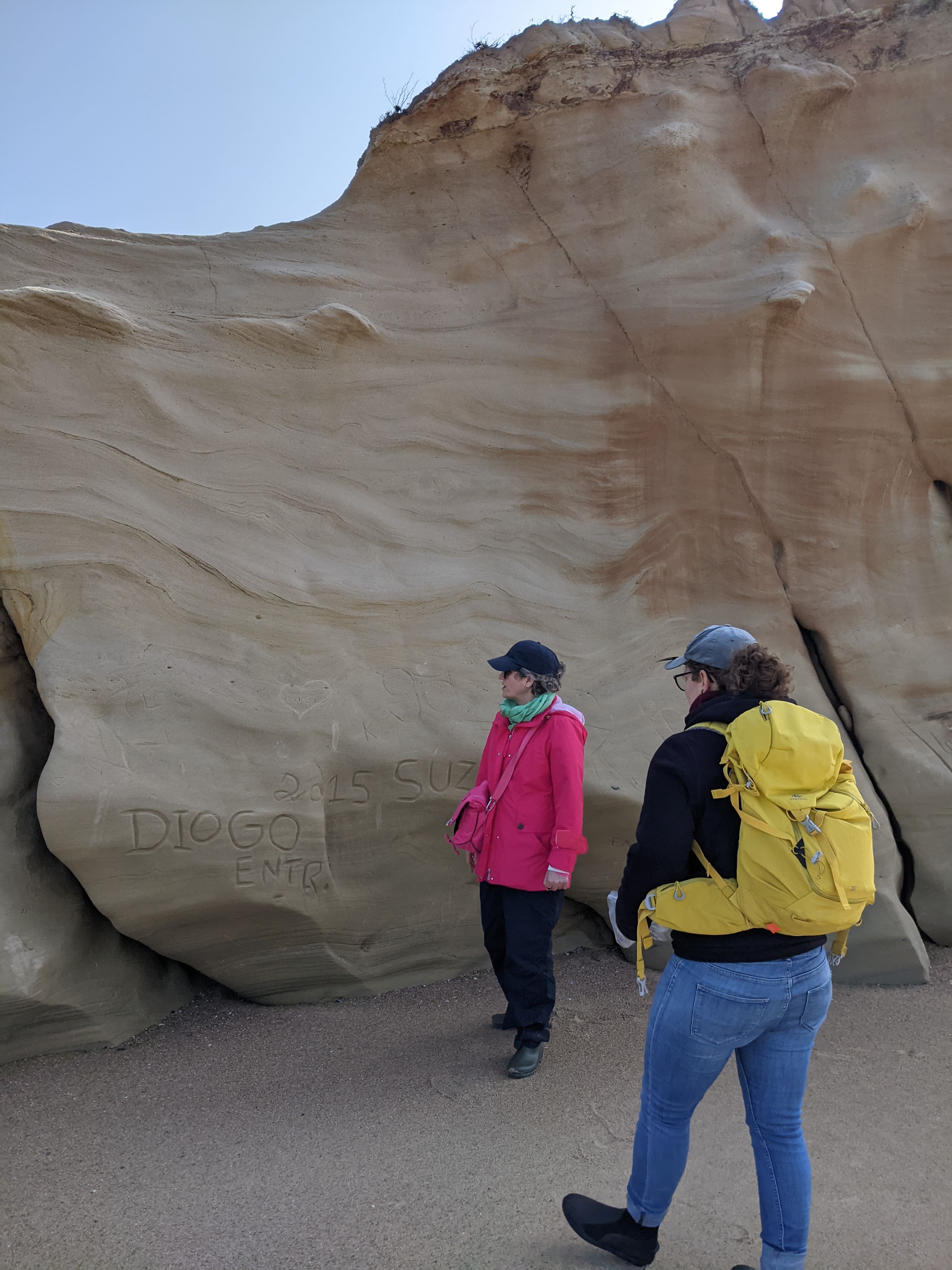

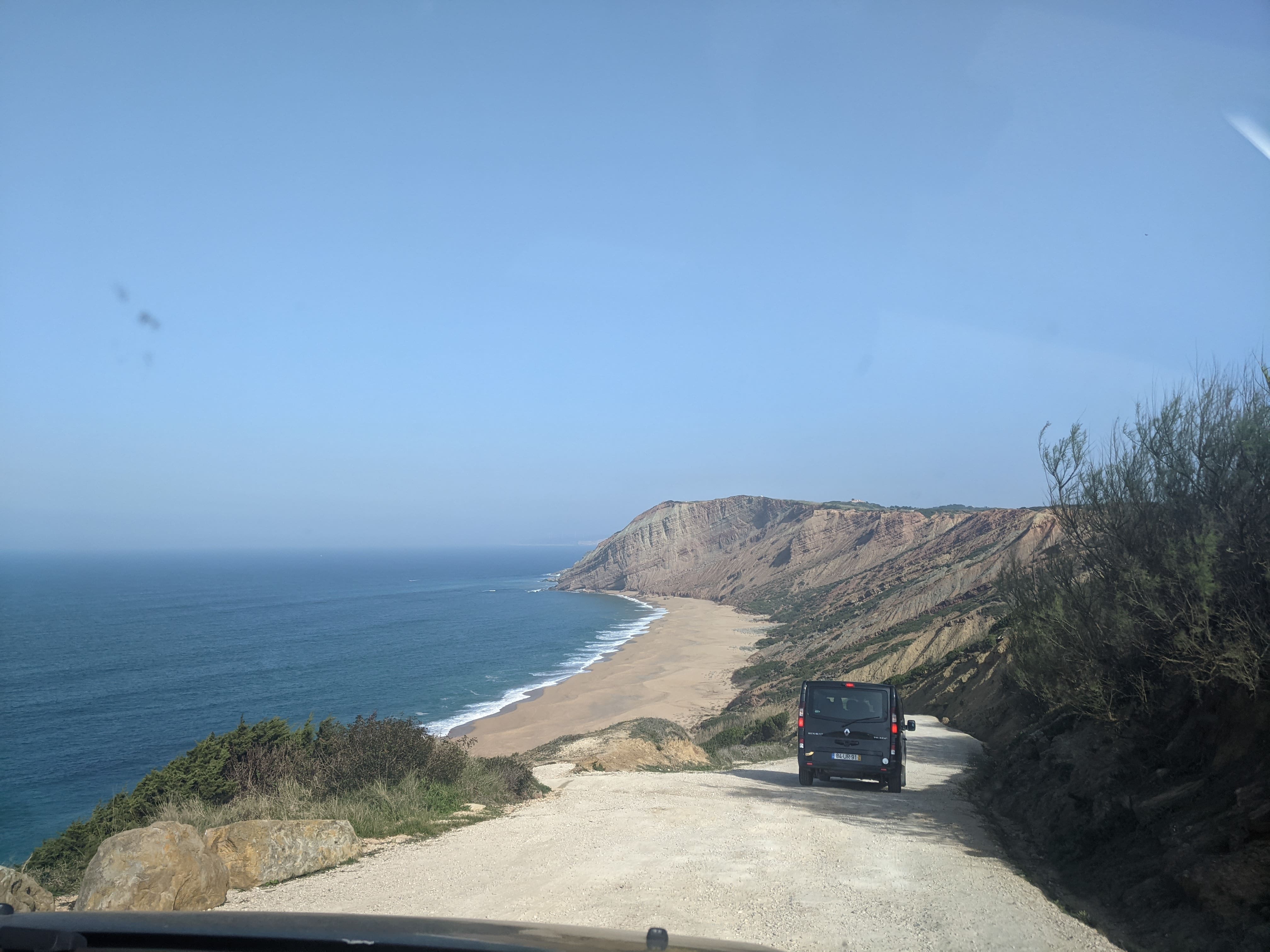

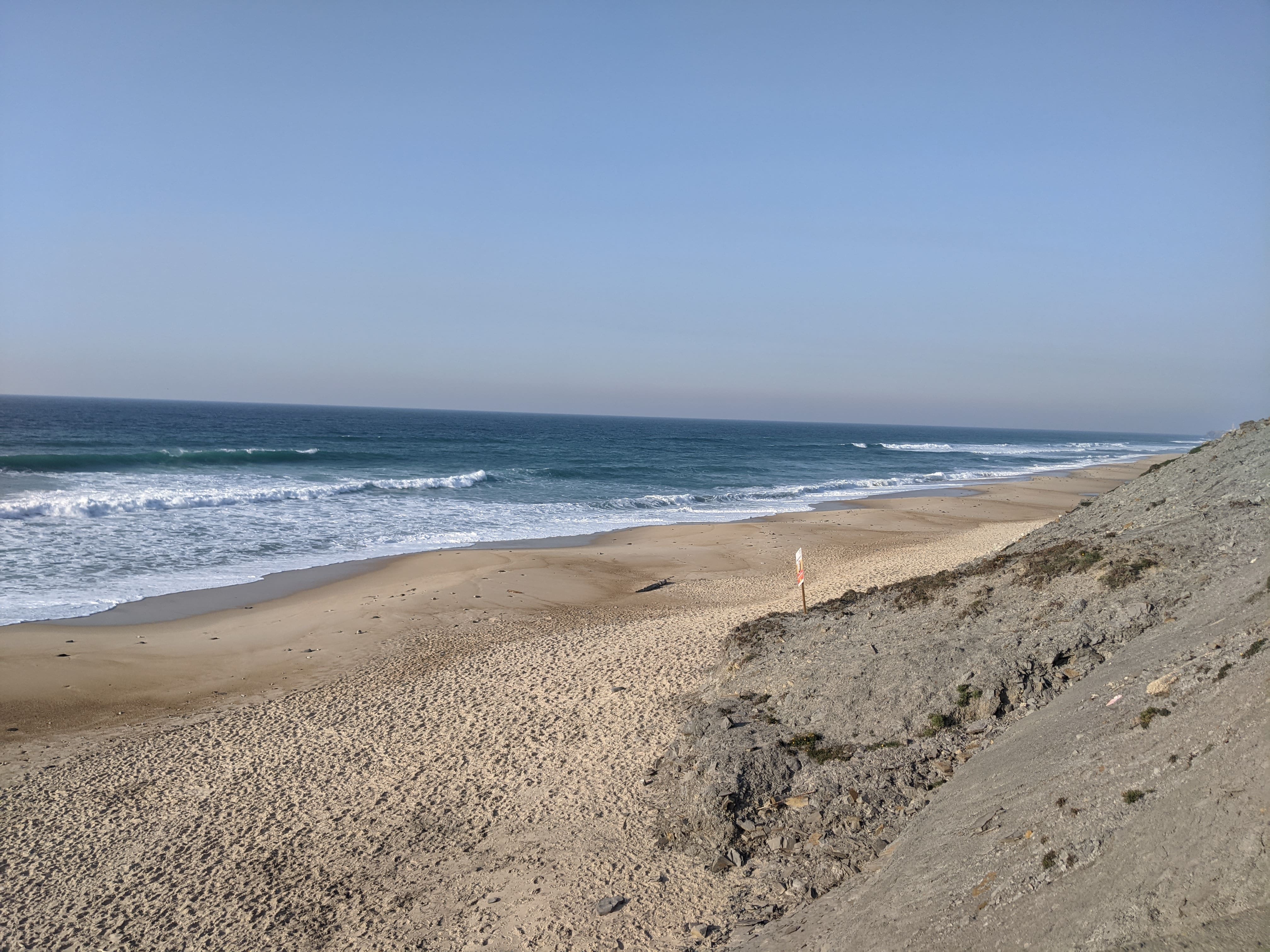
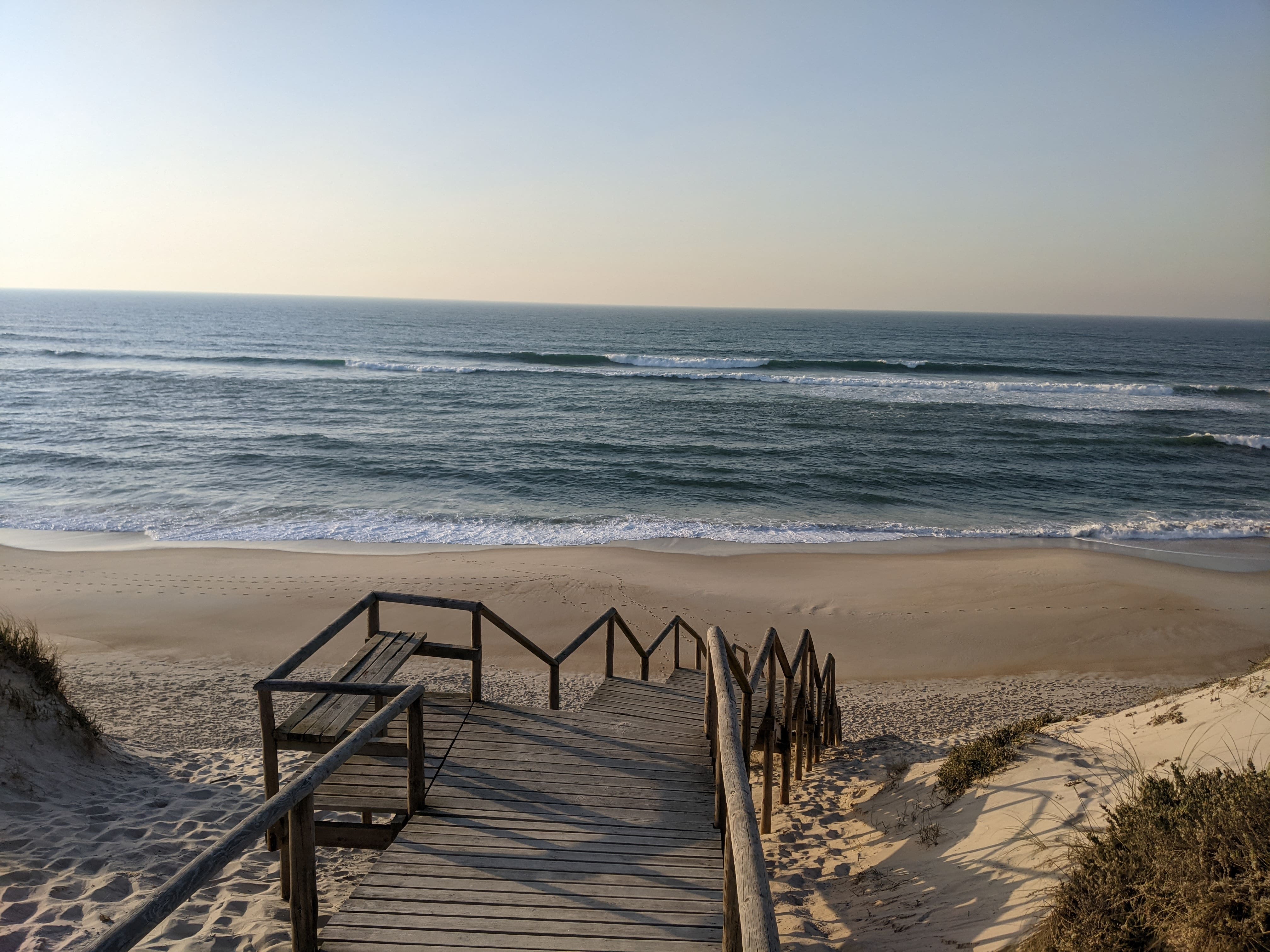
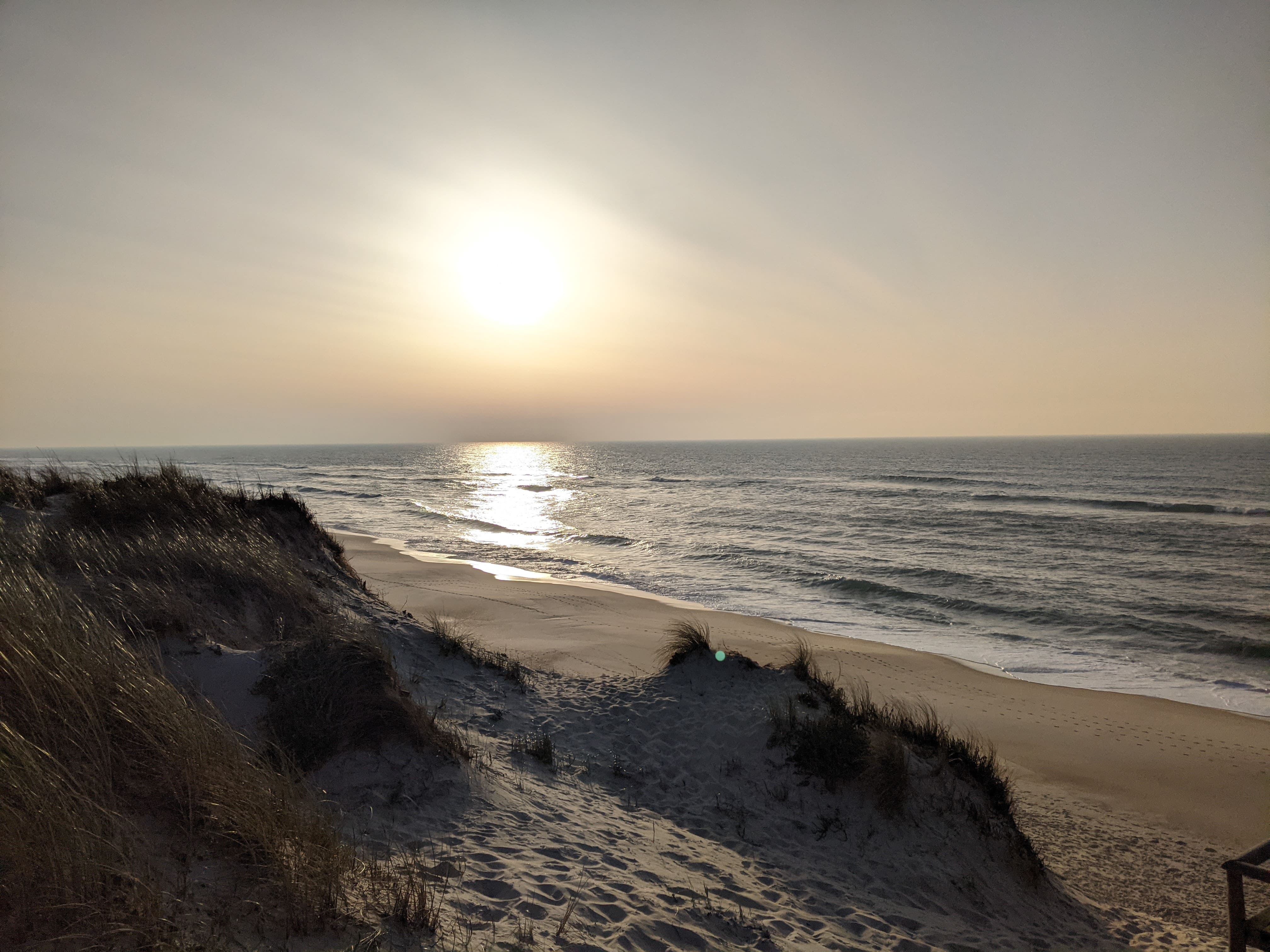
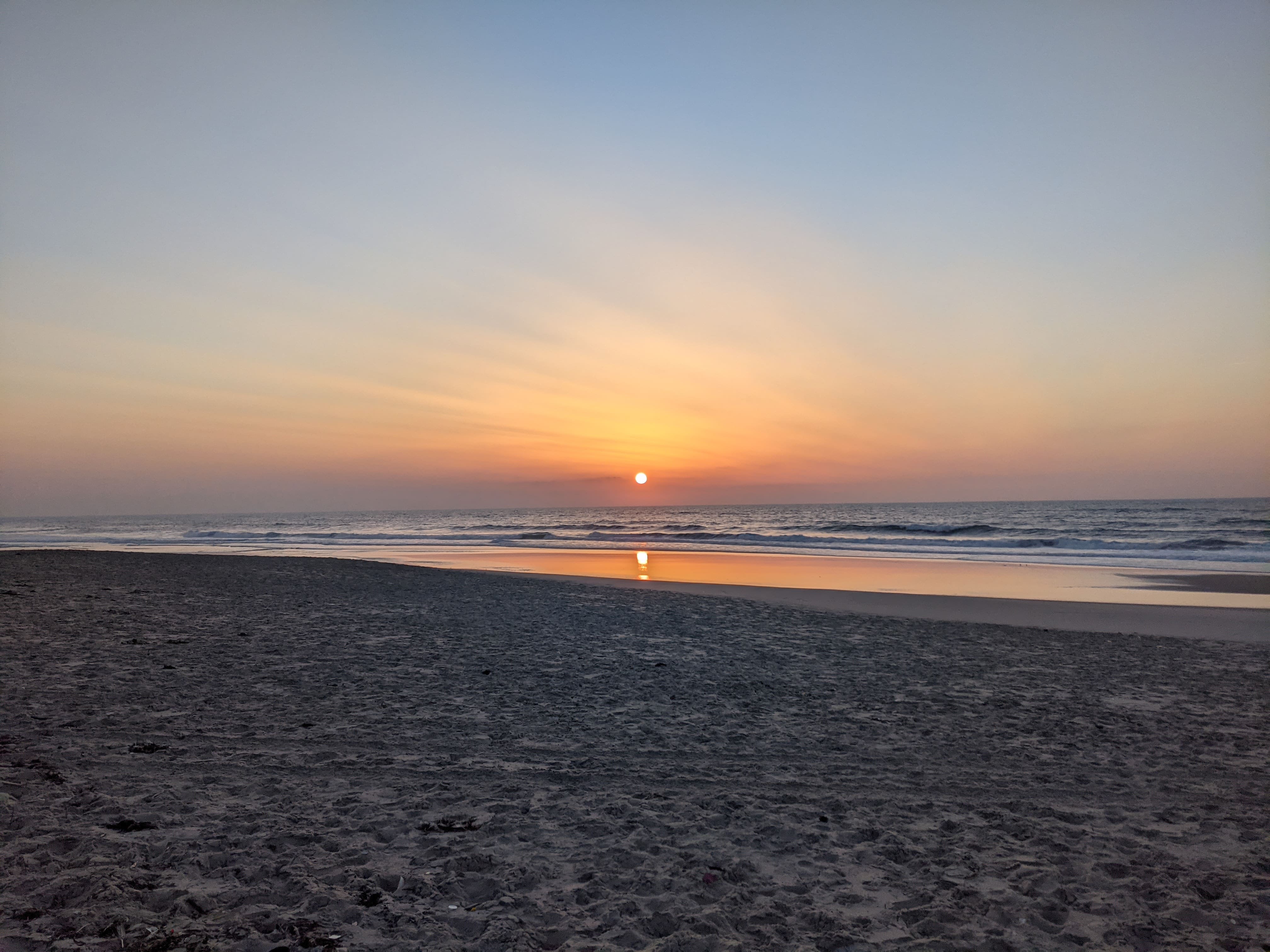
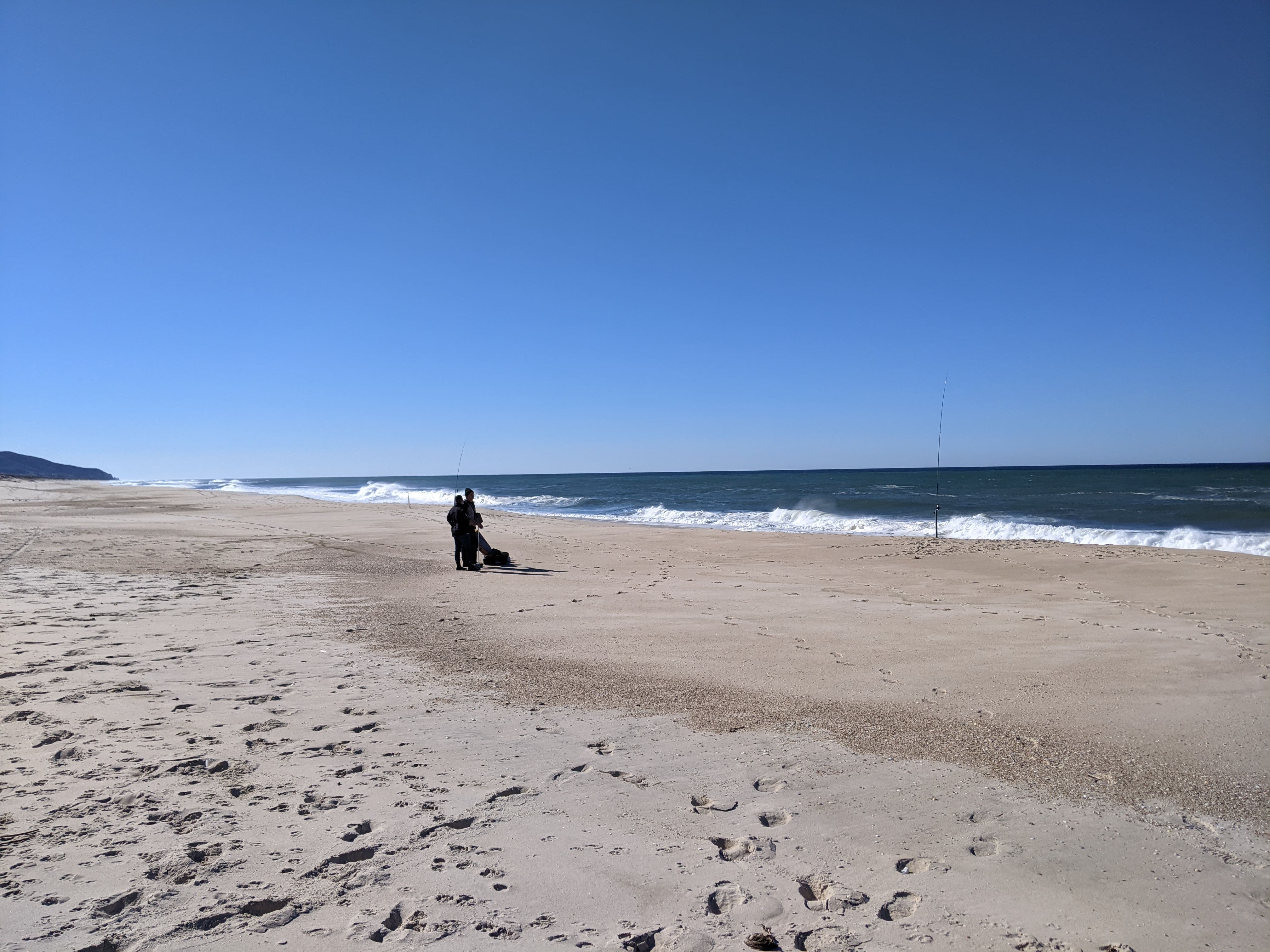
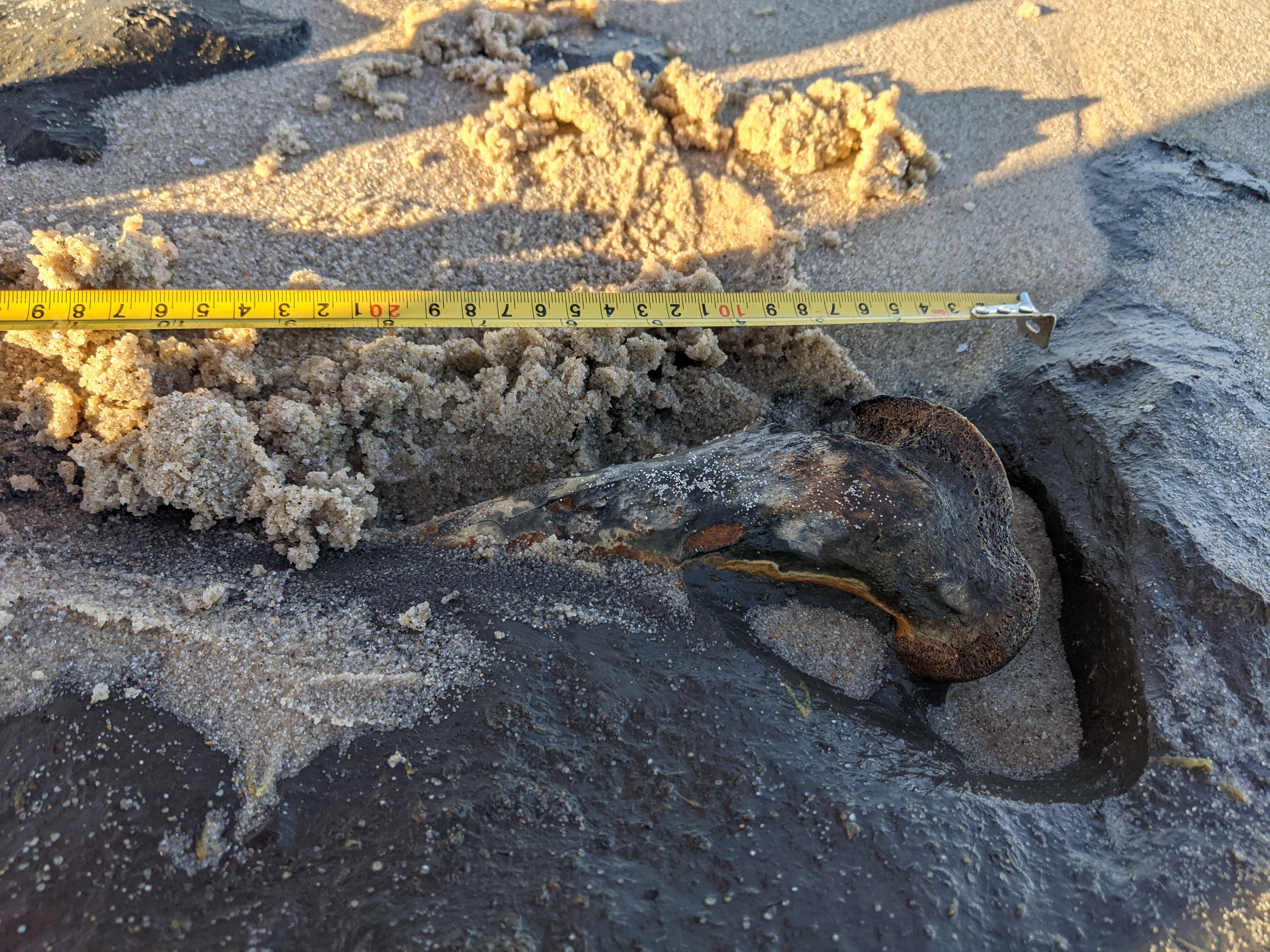
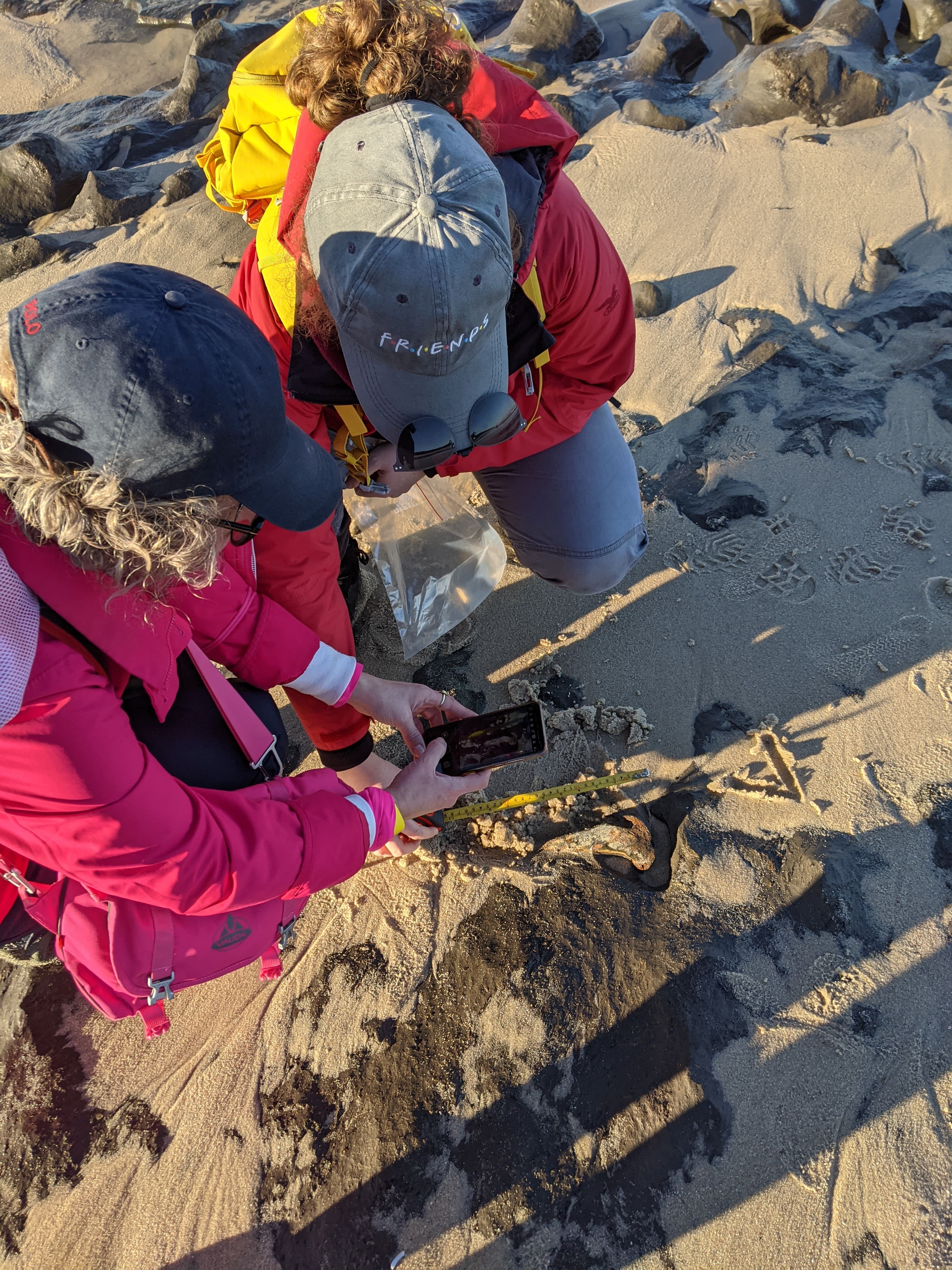
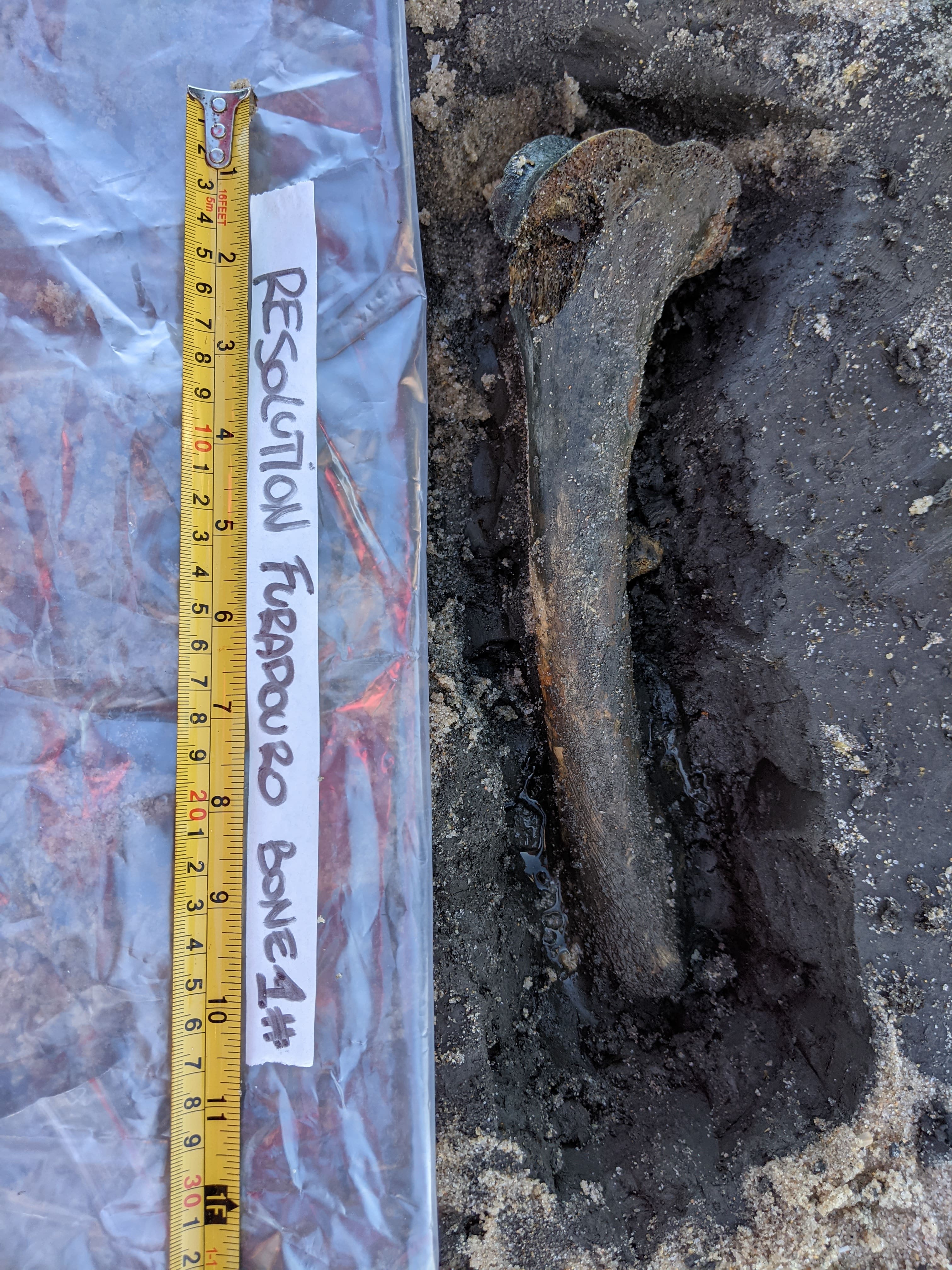
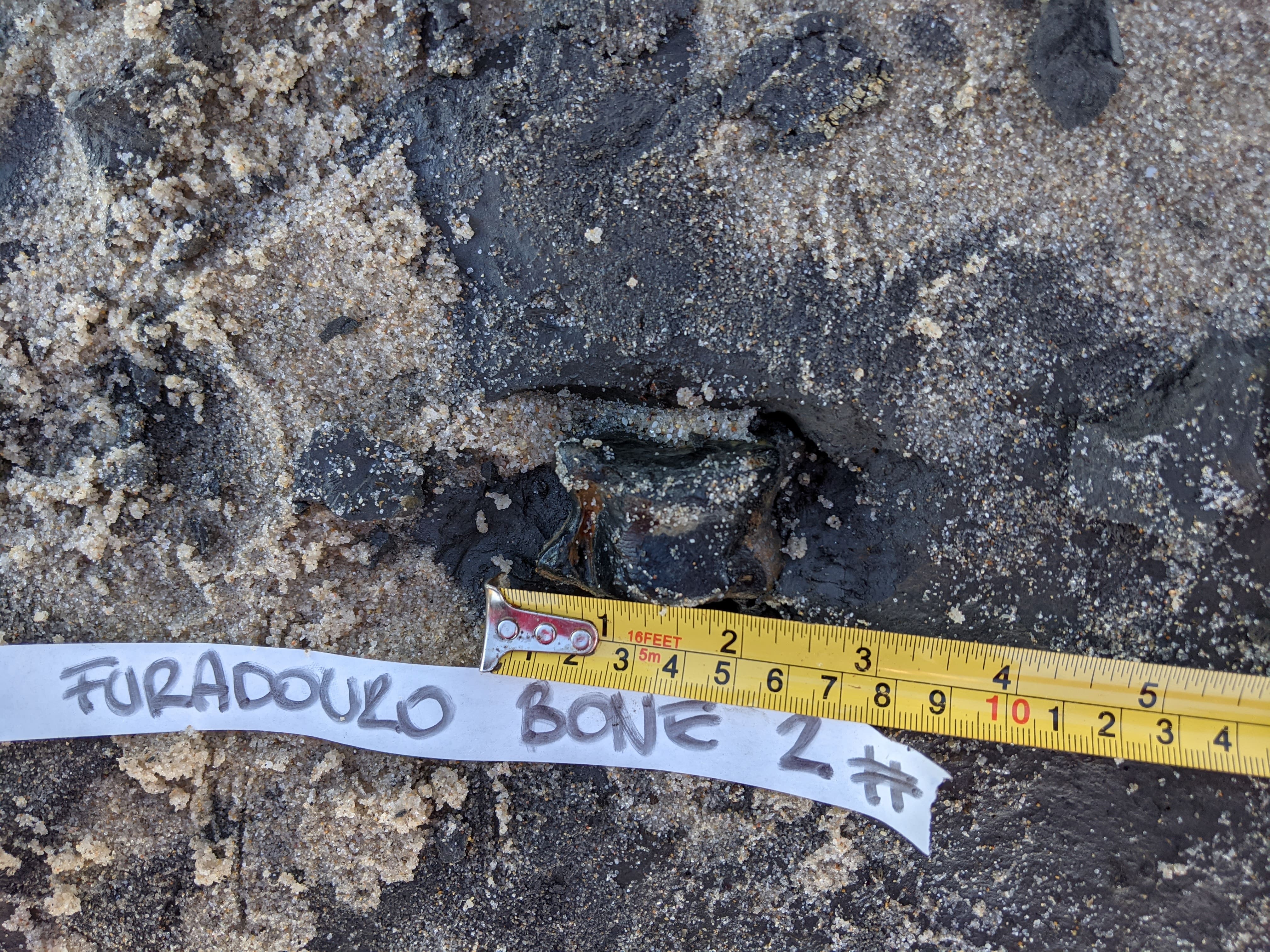
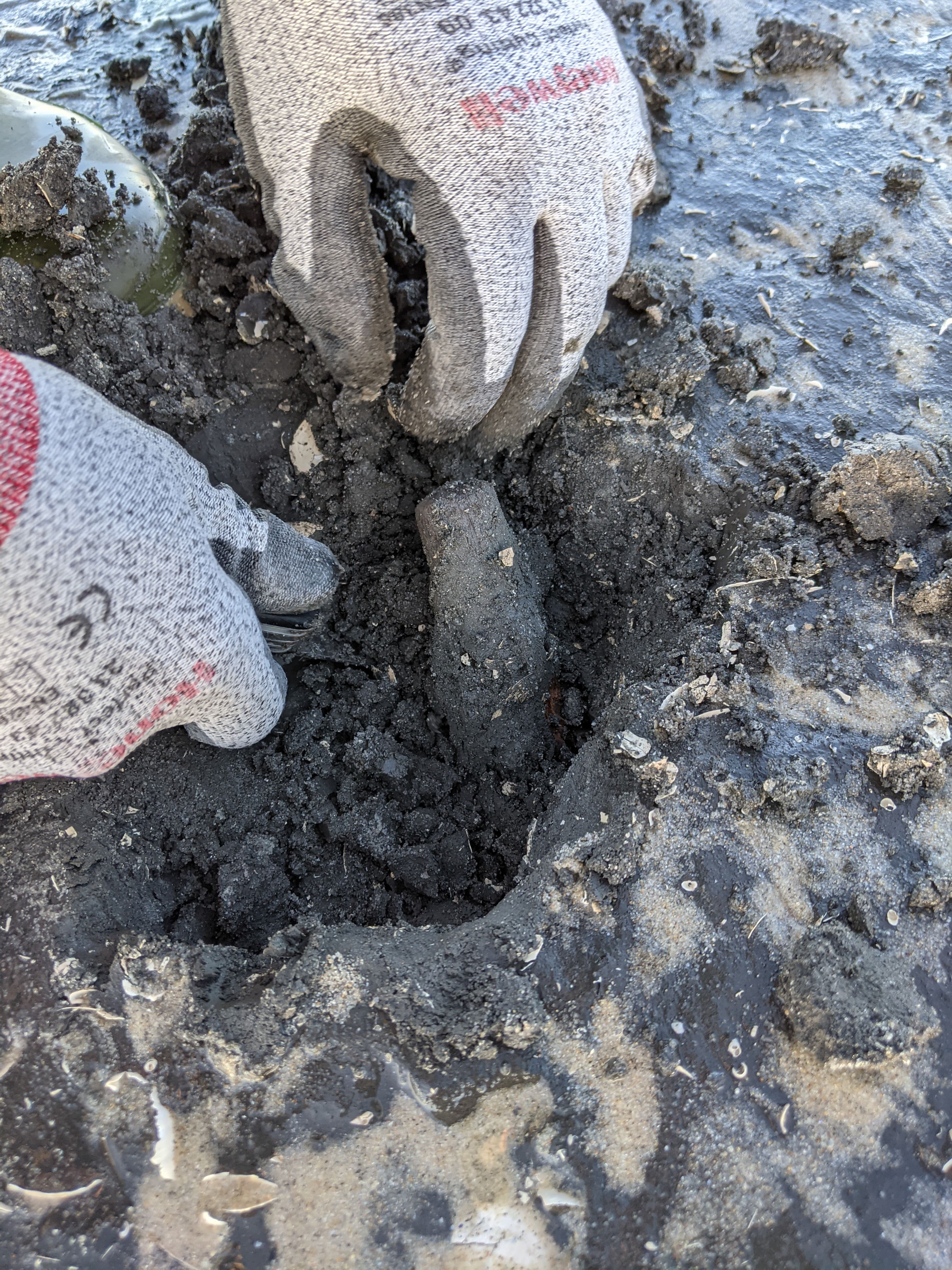
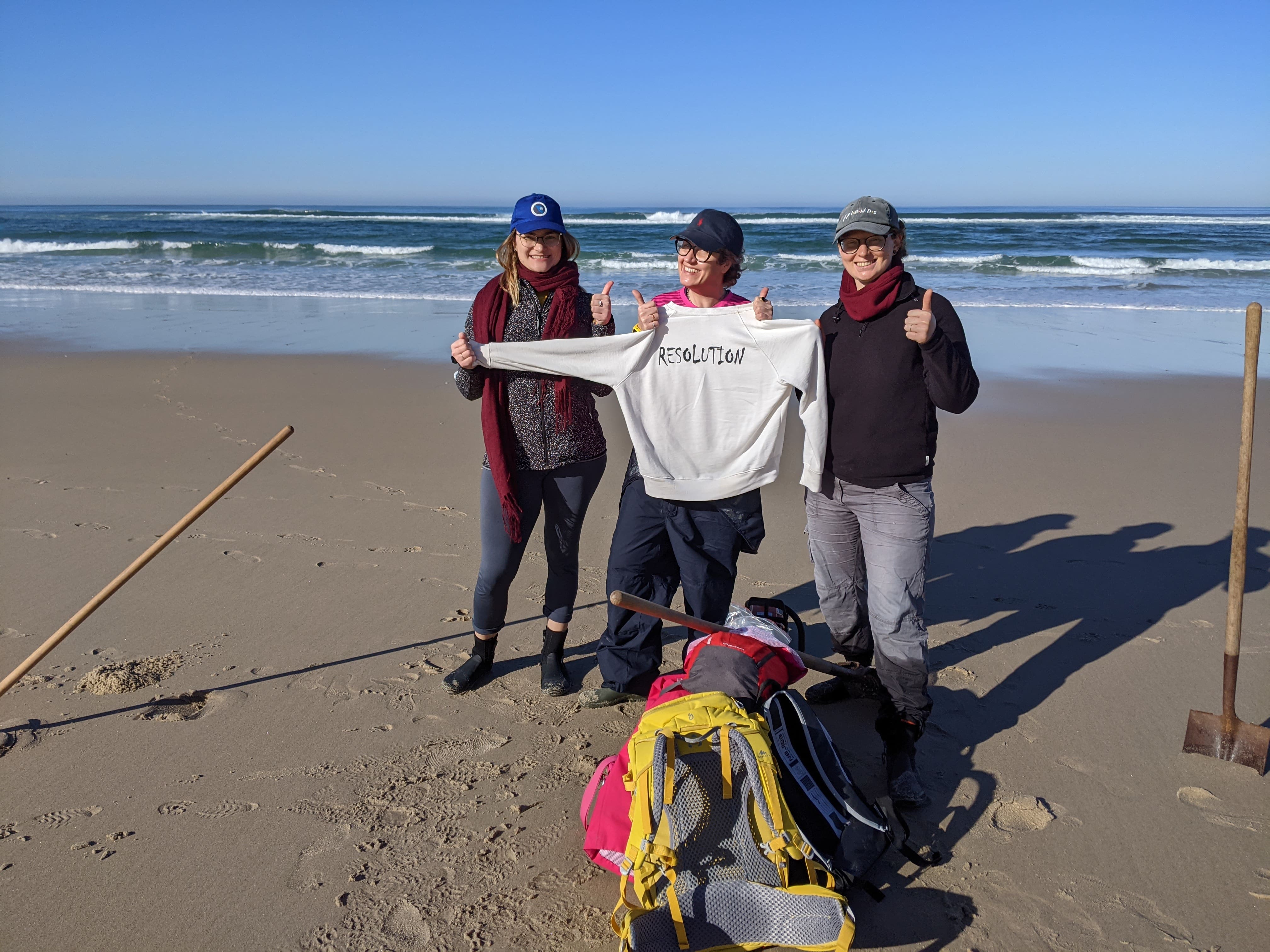
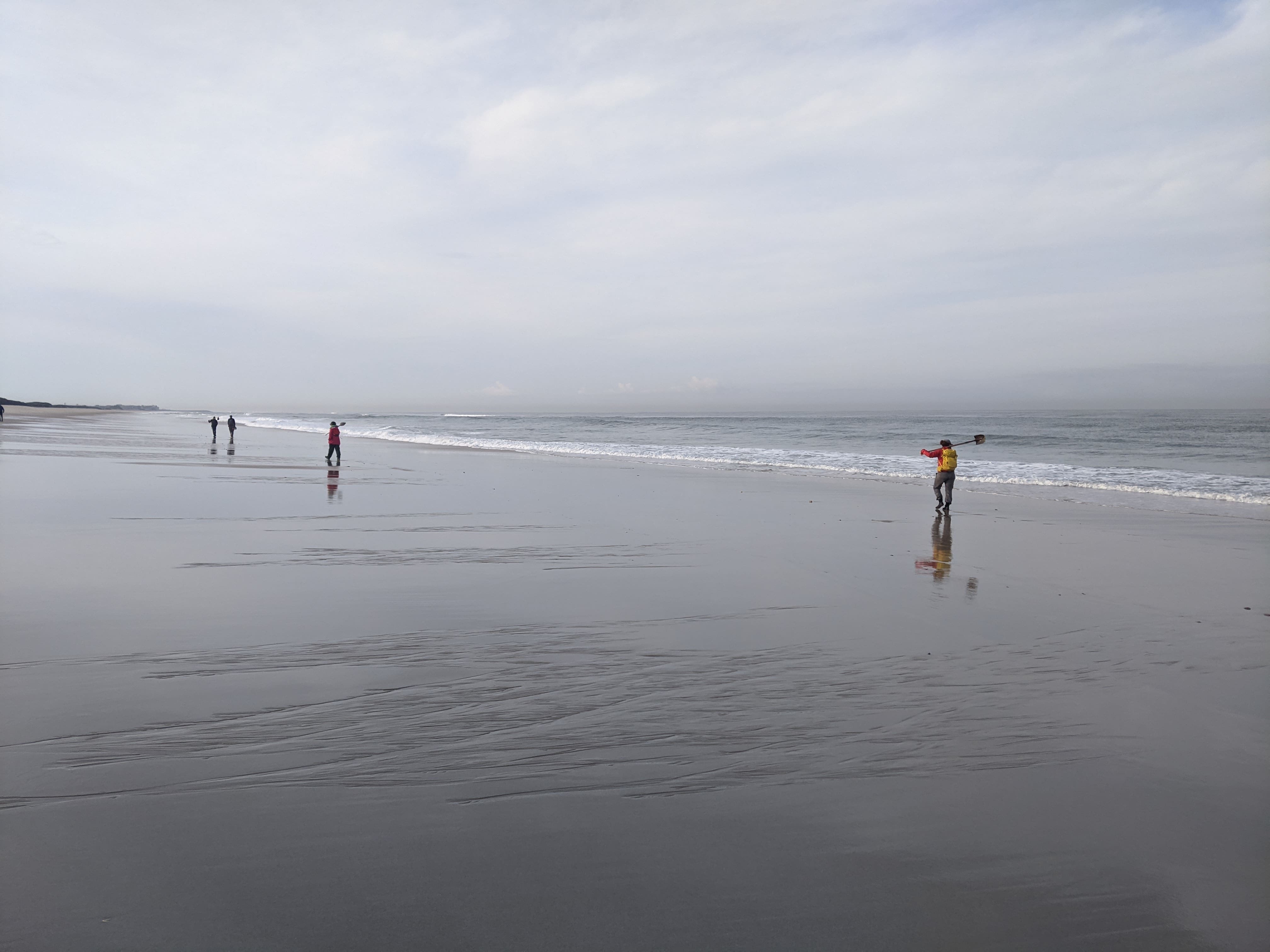
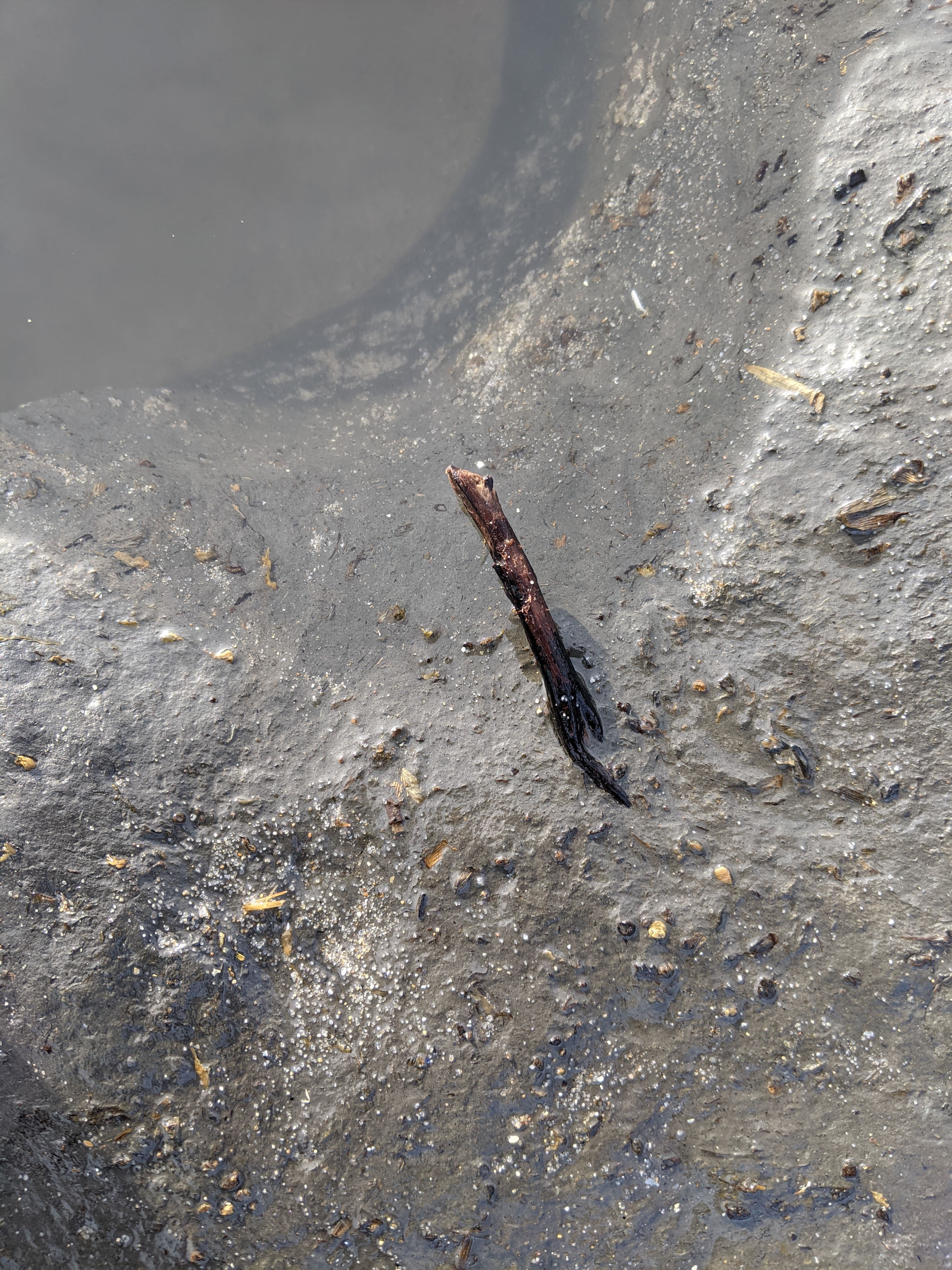
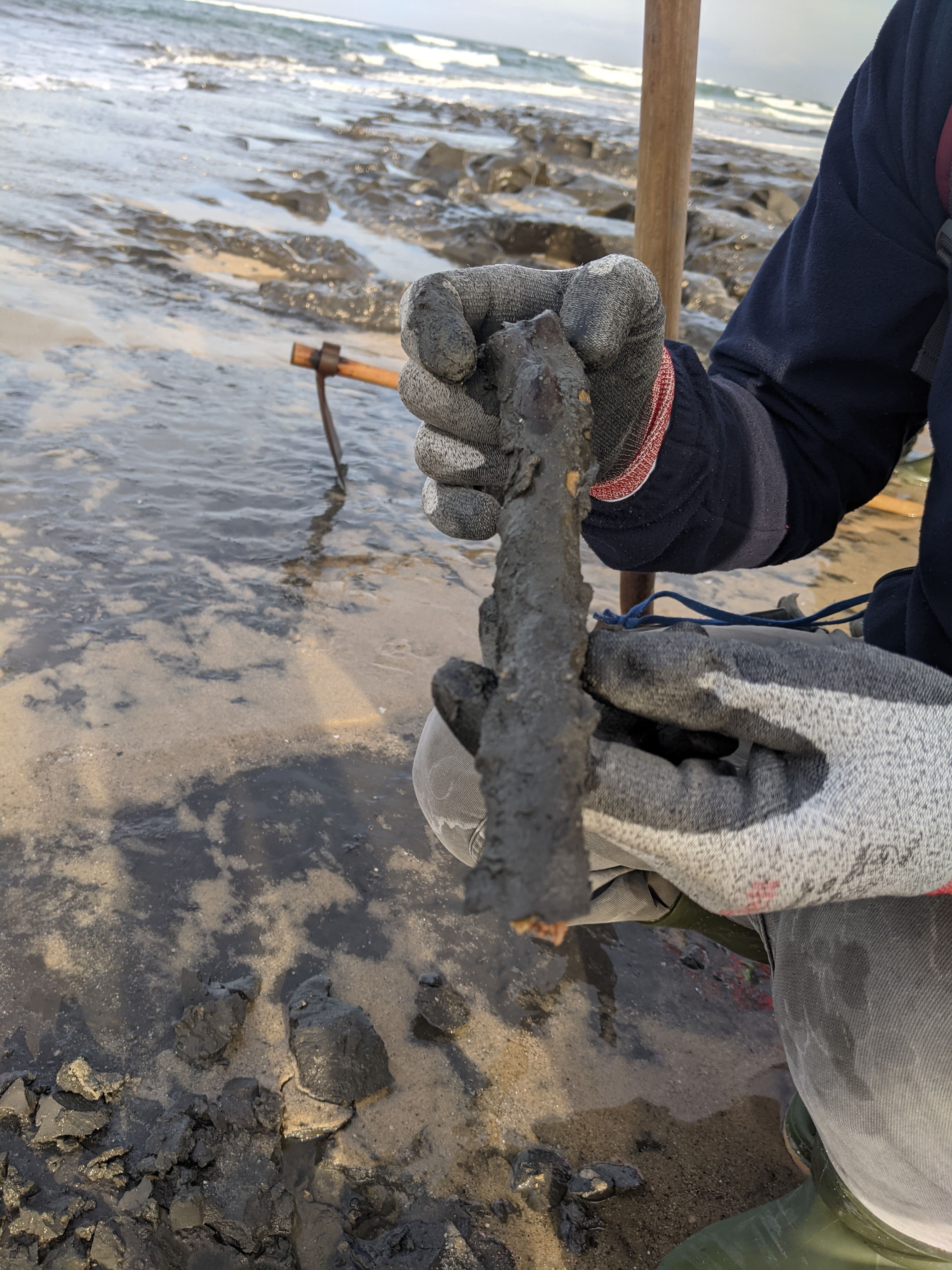
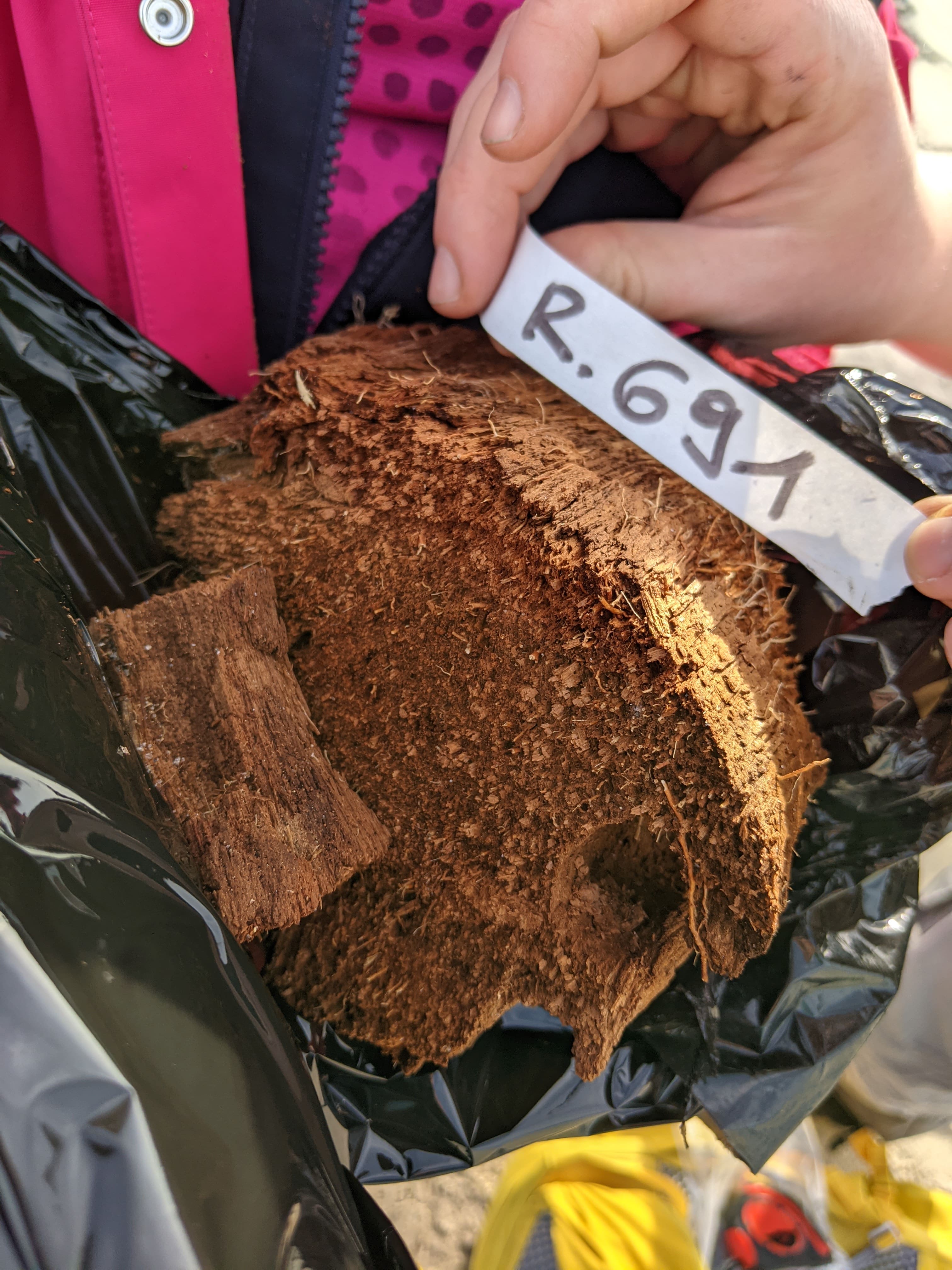
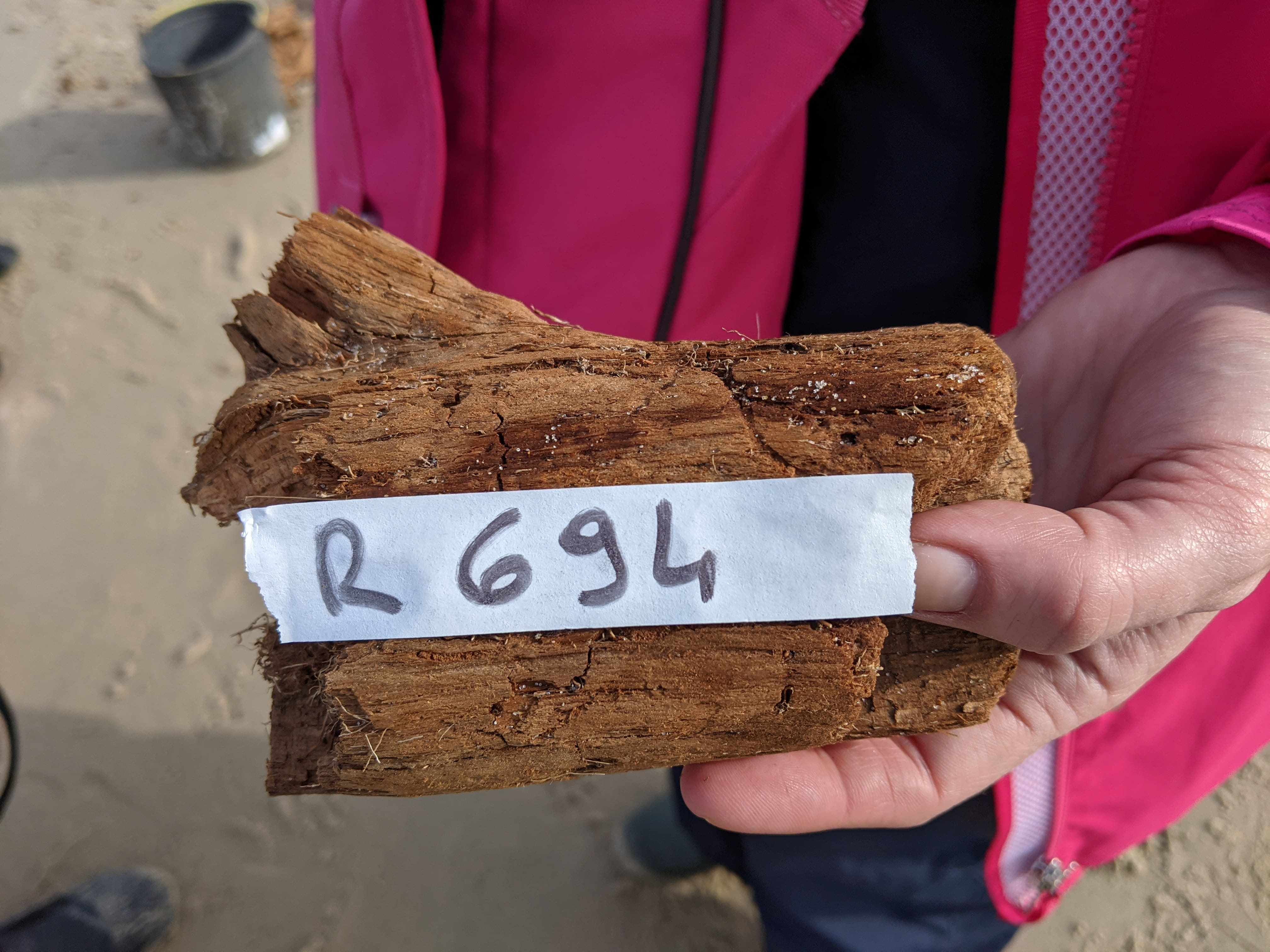
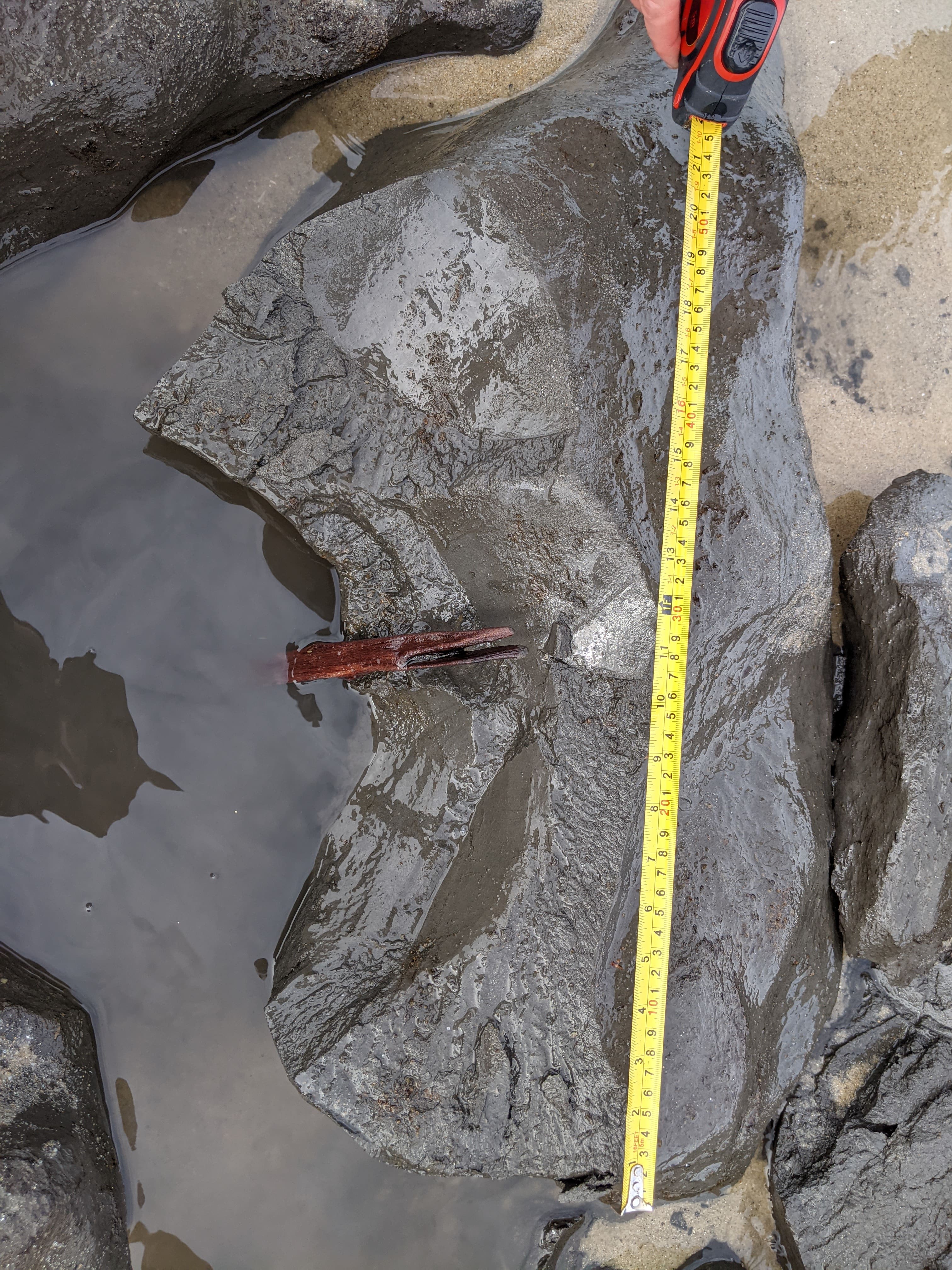
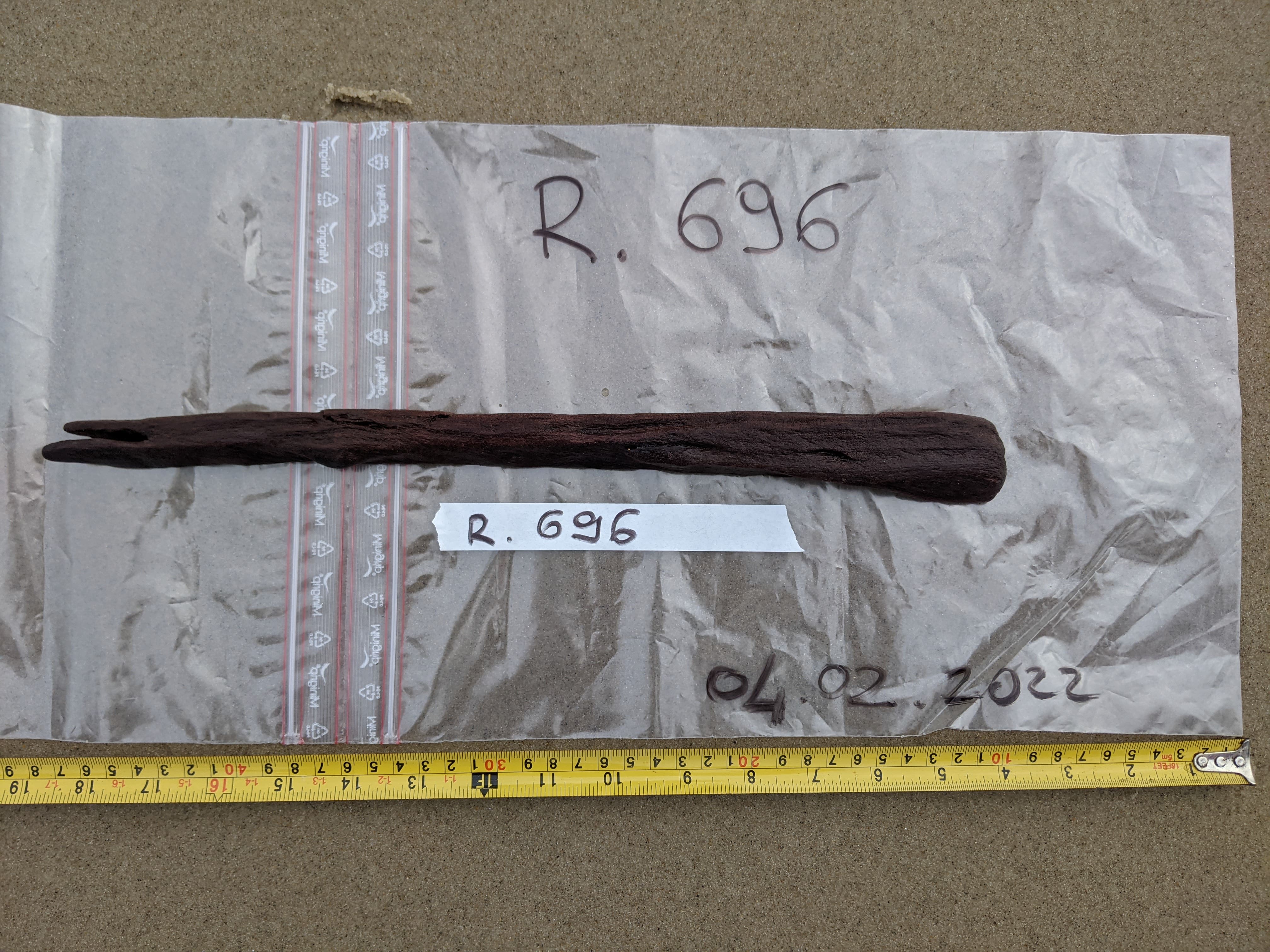
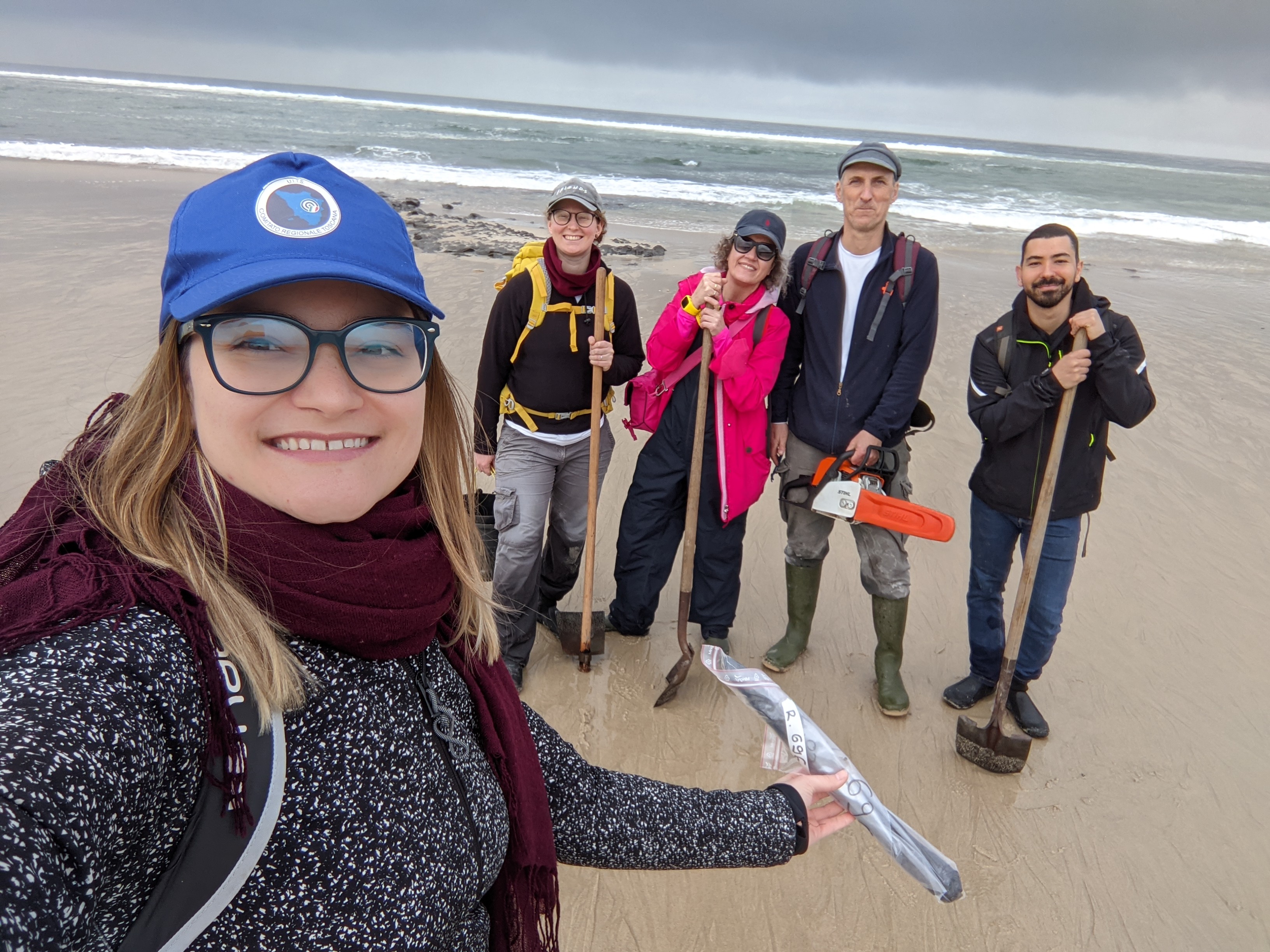
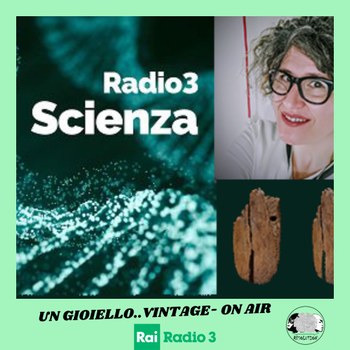
Hosted at Radio 3 | Scienza, Sahra Talamo reconstructs what could have happened to the jewel and describes what this 14C dating reveal us. Click the link to listen to the entire interview.
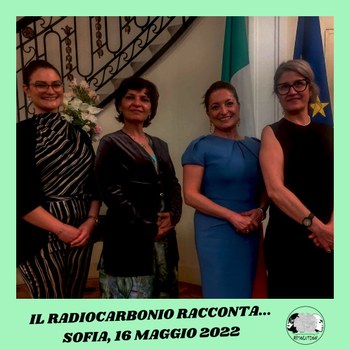
Intervento di Sahra Talamo alla conferenza “Il radiocarbonio racconta l’affascinante storia dell’evoluzione umana. Il cammino dell’Homo Sapiens dalla Bulgaria fino a Gibilterra.” Per saperne di più, clicca il titolo della conferenza, ospitata dal Museo Nazionale Etnografico di Sofia il 16 Maggio 2022. Ad arricchire l’incontro anche la Dott.ssa Tsenka Tsanova e Dragana Palecek.
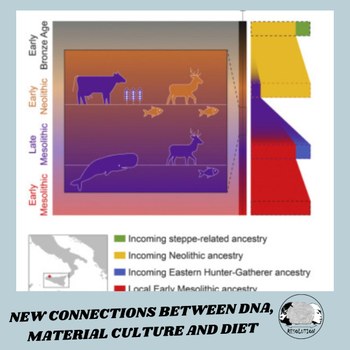
Click the title- Genomic and dietary discontinuities during the Mesolithic and Neolithic in Sicily- to read the whole article or have a look of the summary below ⤵️
Summary
Sicily is a key region for understanding the agricultural transition in the Mediterranean because of its central position. Here, we present genomic and stable isotopic data for 19 prehistoric Sicilians covering the Mesolithic to Bronze Age periods (10,700–4,100 yBP). We find that Early Mesolithic hunter-gatherers (HGs) from Sicily are a highly drifted lineage of the Early Holocene western European HGs, whereas Late Mesolithic HGs carry ∼20% ancestry related to northern and (south) eastern European HGs, indicating substantial gene flow. Early Neolithic farmers are genetically most similar to farmers from the Balkans and Greece, with only ∼7% of ancestry from local Mesolithic HGs. The genetic discontinuities during the Mesolithic and Early Neolithic match the changes in material culture and diet. Three outlying individuals dated to ∼8,000 yBP; however, suggest that hunter-gatherers interacted with incoming farmers at Grotta dell’Uzzo, resulting in a mixed economy and diet for a brief interlude at the Mesolithic-Neolithic transition.
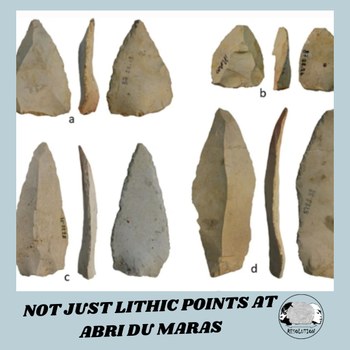
Read the whole article by clicking here or scroll the abstract below ⤵️
Abstract
The exact strategies and technologies underlying Neanderthal hunting events remain open for debate with lithic points being sparse across the European Middle Palaeolithic. An exception is the Neronian entity in southeast France, defined by ventrally retouched Soyons points. This study contextualises one of the largest Neronian assemblages, layer 1 at Abri du Maras. Our lithic analyses focussed on attributes described as indicative of projectile use or hafting to contextualise the morphometric and technological characteristics of the pointed implements at an assemblage level. We found that retouched points were made on a variety of blank types (including Levallois, laminar and discoidal flaking techniques) and ventral retouch is present across different artefact types (including points, scrapers and denticulates). Next, these lithic data were compared to similar typo-technological data recorded on a sample from the recently excavated and well-contextualised point-rich layer 4.1 of Abri du Maras (MIS-3). Zooarchaeology by Mass Spectrometry (ZooMS) was applied to 280 faunal remains from layer 1 and indicated significant proportions of equids, bovids, cervids and reindeer. Carnivore remains and carnivore modifications are absent, while human bone surface modifications are present across a variety of species. Five bones had sufficient collagen for radiocarbon dating but returned dates younger than expected (ca. 41–31 ka cal BP). Finally, we place Abri du Maras layer 1 in its broader regional context and discuss its relation to other Neronian assemblages and more general problematics inherent to studying material from old excavations.
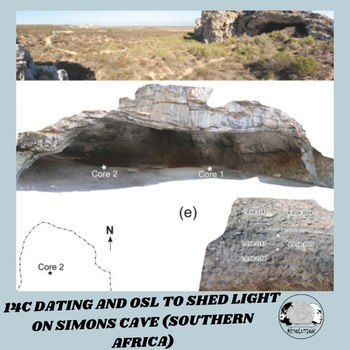
Click A targeted drilling and dating campaign to identify Stone Age archaeological sites before excavation in west coast southern Africa to discover how 14C dating was exploited here or have a look to the abstract below ⤵️
Abstract
Here we present the results of a targeted drilling campaign that facilitated a geochronological study with coarse sampling resolution inside a new cave site, Simons Cave, on the west coast of southern Africa. A combination of radiocarbon (14C) dating and optically stimulated luminescence (OSL) dating was used as a range-finder. Results confirmed preservation of Holocene and late Pleistocene sediments up to 133 ± 35 ka, overlapping with the ages of Middle Stone Age (MSA) occupations of the broader west coast region. A subsequent, systematic test-excavation at the site then embarked on a second geochronological study with a higher sampling resolution. Ultimately, the comparative study confirmed the potential of Simons Cave as a new site for the exploration of hominin occupation through the later Pleistocene and Holocene, yet raised several issues concerning the direct comparability of information deriving from drilled sediment cores and actual archaeological excavation.
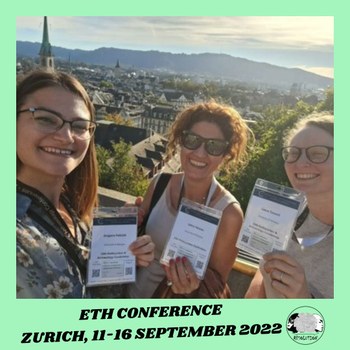
Glad to have had chance to be there and share our researches and projects to all the participants. Click the link to have a look of the Program!
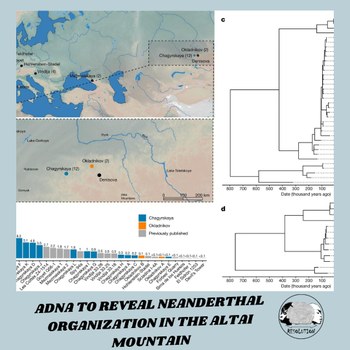
Click the title- Genetic insights into the social organization of Neanderthals - to read the whole paper or have a look at the abstract below ⤵️
Abstract
Genomic analyses of Neanderthals have previously provided insights into their population history and relationship to modern humans but the social organization of Neanderthal communities remains poorly understood. Here we present genetic data for 13 Neanderthals from two Middle Palaeolithic sites in the Altai Mountains of southern Siberia: 11 from Chagyrskaya Cave 9, 10 and 2 from Okladnikov Cave 11 —making this one of the largest genetic studies of a Neanderthal population to date. We used hybridization capture to obtain genome-wide nuclear data, as well as mitochondrial and Y-chromosome sequences. Some Chagyrskaya individuals were closely related, including a father–daughter pair and a pair of second-degree relatives, indicating that at least some of the individuals lived at the same time. Up to one-third of these individuals’ genomes had long segments of homozygosity, suggesting that the Chagyrskaya Neanderthals were part of a small community. In addition, the Y-chromosome diversity is an order of magnitude lower than the mitochondrial diversity, a pattern that we found is best explained by female migration between communities. Thus, the genetic data presented here provide a detailed documentation of the social organization of an isolated Neanderthal community at the easternmost extent of their known range.
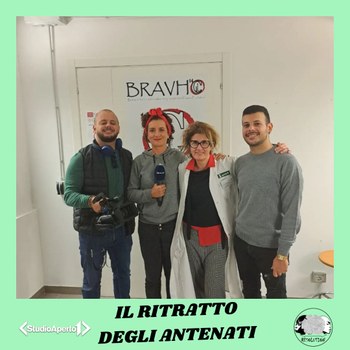
Lo studio condotto e pubblicato sulla rivista Nature approda in TV. Clicca su Mediaset Infinity per vedere l’intervista di Sahra a Studio Aperto
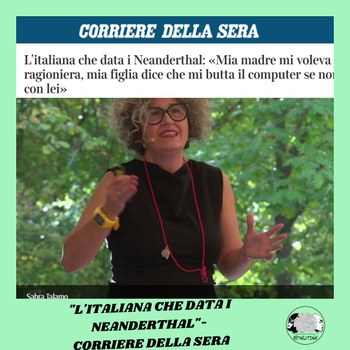
Non perdetevi l’intervista a Sahra Talamo sul Corriere della Sera. Clicca qui per leggerla!